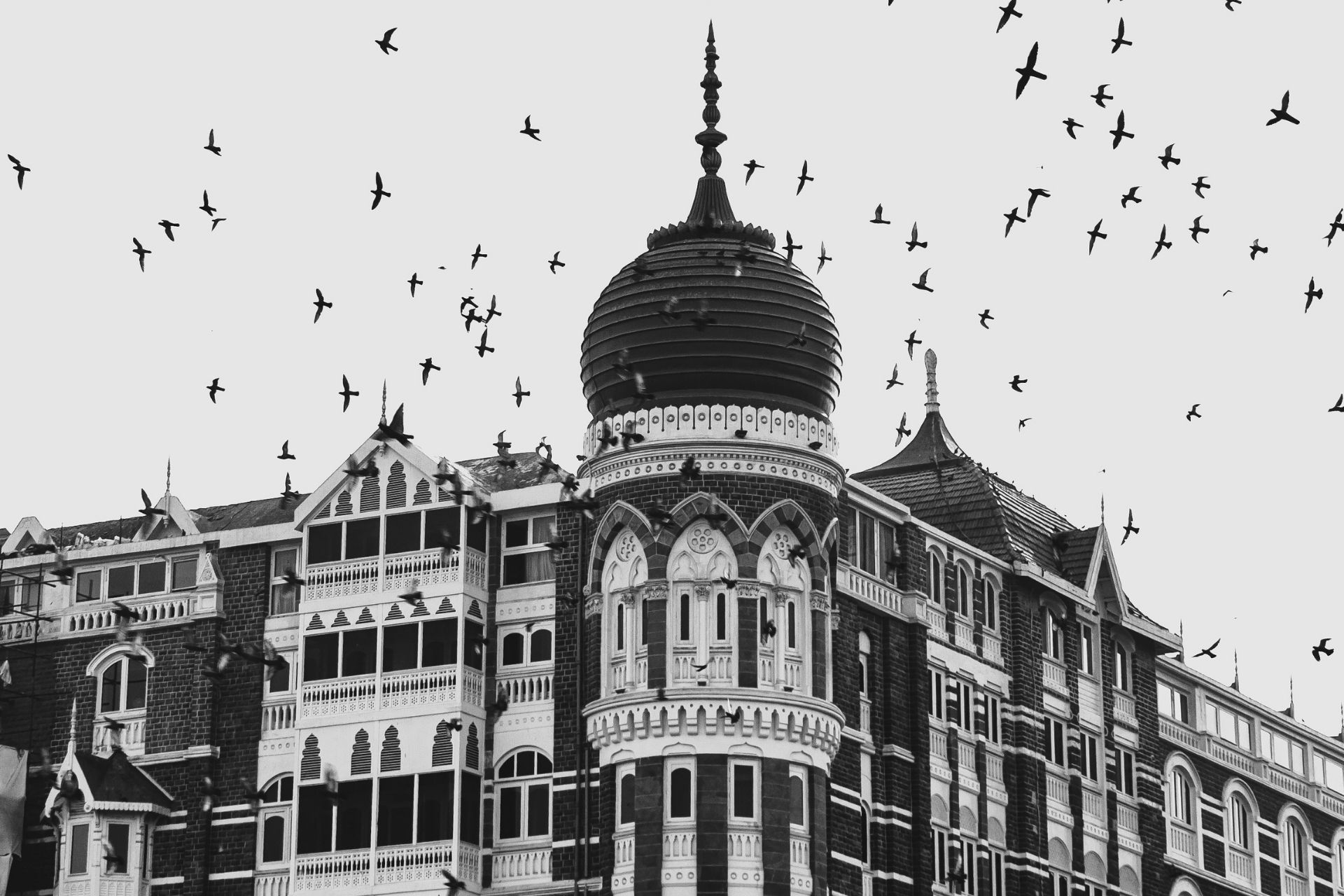Mumbai is known across the world as a city that never stops, even to rest for a while. The indomitable spirit of Amchi Mumbai (Our Mumbai) has been immortalized in various books, movies and short series. The financial hub of India, Mumbai is also the capital of the state of Maharashtra. There are numerous places to visit in Mumbai – from museums and gardens to shopping hubs and seafronts.
This city enjoys an enviable coastline, adorned with paved promenades and areas to cruise and sail. Mumbai is also home to Bollywood – the country’s Hindi film industry, which is one of the largest film industries in the world. One is bound to come across a bit of stardust as one strolls through Mumbai’s posh neighbourhoods such as Bandra, Colaba or Pali Hills.
Mumbaikars love their cutting chai with a vada pav on the side. Mumbai’s street food includes spicy dishes like misal pav, pav bhaji and pani puri. Seafood is also relished by non-vegetarians – especially the elaborate preparations of Bombay Duck, pomfret and rawas (Indian salmon). The traditional soothing drink of solkadhi helps one wash down the typically heavy Maharashtrian meal.
Some of the most popular places to visit in Mumbai are near its glittering coast. Marine Drive, Bandra-Worli Sea Link, Worli Sea Face, Juhu Beach, and a plethora of other beaches such as Gorai, Versova, Manori, Vasai, Marve and Aksa are perfect for beach lovers. Apart from these, there are plenty of other attractions to see and activities to pursue in the Maximum City. With this Mumbai city tour package from Mumbai Tourism you can experience all this without any hassle.
Marine Drive
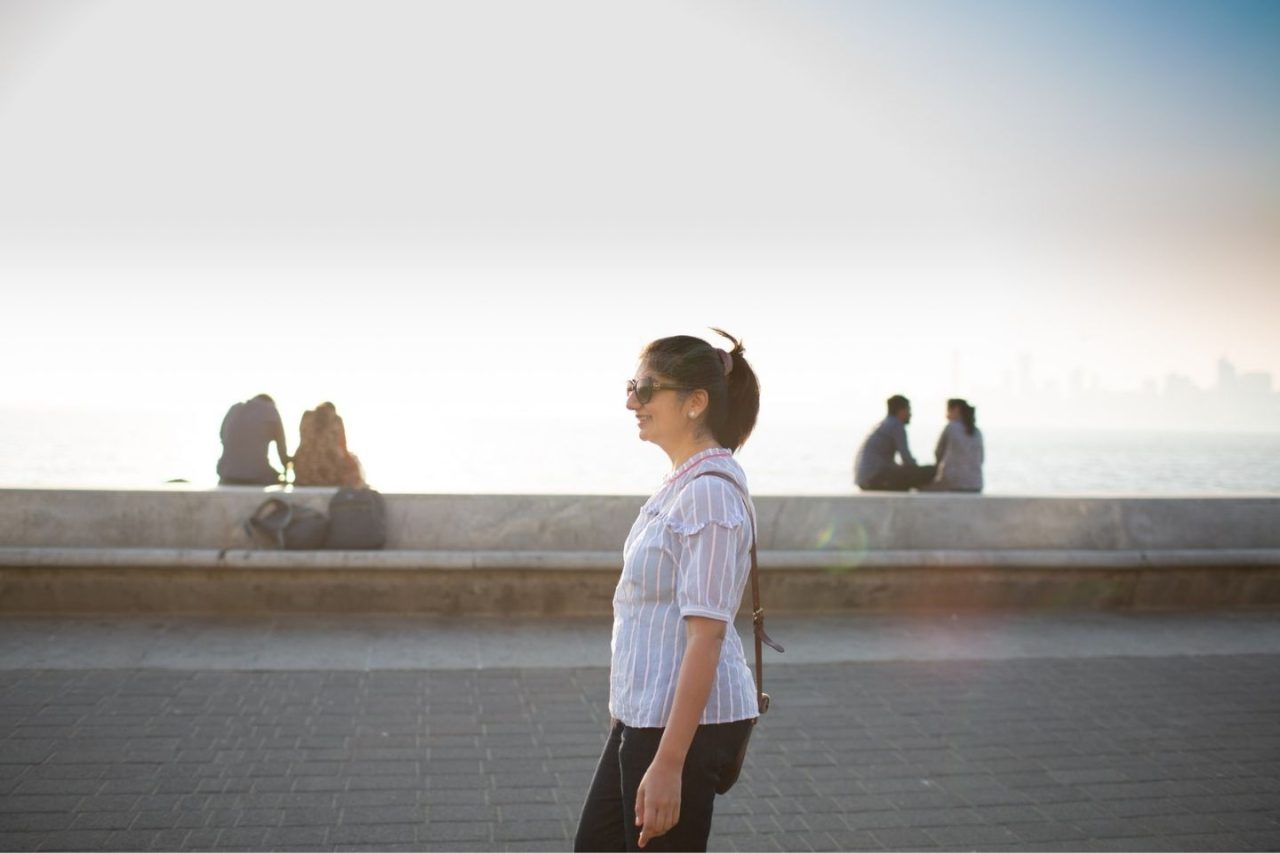
One may not recognize this top Mumbai attraction if it is called by its alternate name – Netaji Subhash Chandra Bose Road. However, Marine Drive remains one of the most famous places to visit in the state capital. Located in a posh suburb of South Bombay, this renowned promenade stretches on for about 3.6 km.
Marine Drive is also fondly called Queen’s Necklace as it looks like a string of elegant pearls from the top at nightfall, when the lights come up along the C-shaped esplanade. Evenings and early mornings are the best times to stroll about this walkway that kisses a part of the Arabian Sea.
One of the favourite places to visit in Mumbai for joggers and casual walkers, Marine Drive also forms a part of the 42-mile long route for the annual Mumbai Marathon.
Gateway of India
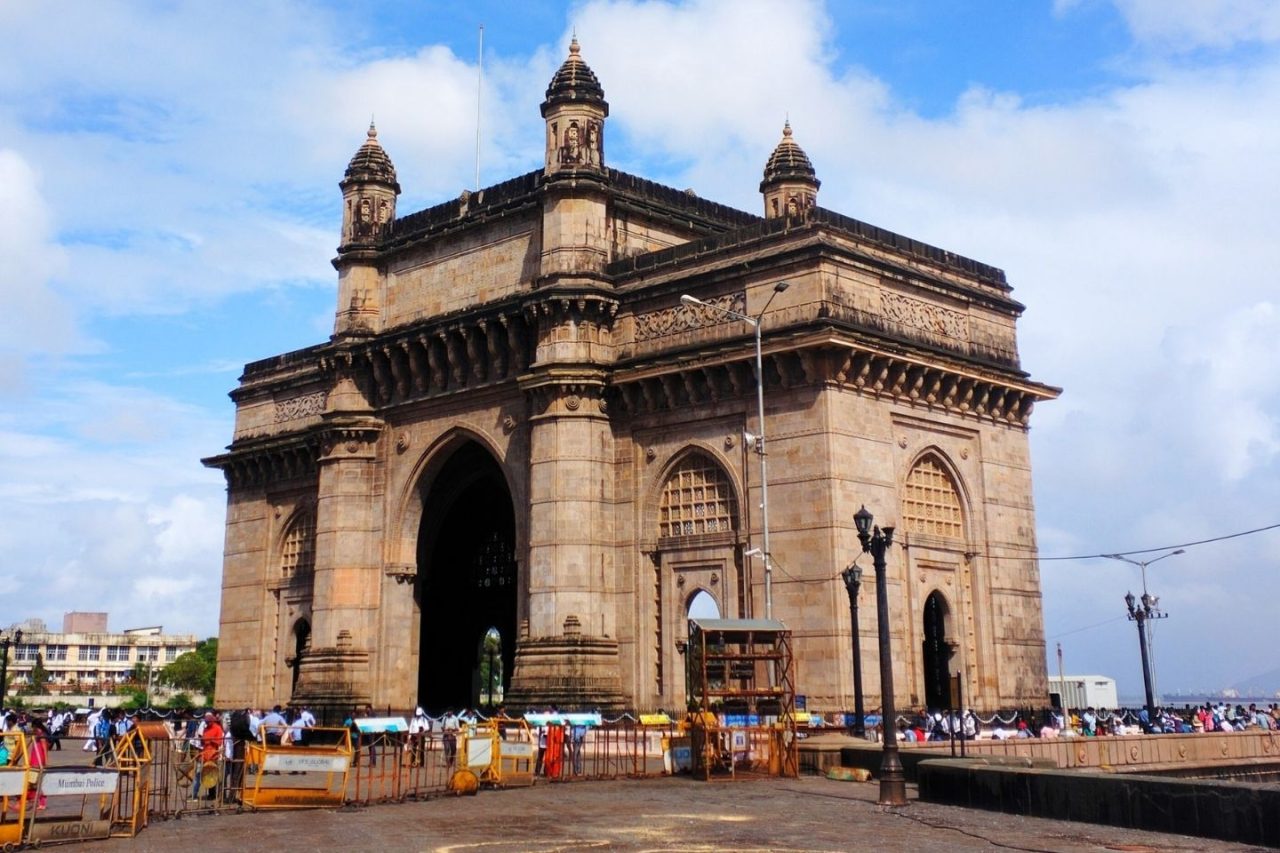
If you ever plan to arrive in Mumbai through the sea route, the Gateway of India will be the first structure that you will be able to see clearly. This triumphal arch was built in 1924, commissioned by the British to commemorate their colonial rule in India.
One of the historical places to visit in Mumbai, presently, the monument is a protected structure under the Archaeological Survey of India (ASI).
After its latest renovation, the Gateway of India is surrounded by a wide plaza where tourists often throng for selfies and professional photo shoots. There is a ledge towards the seaside edge of this area where one can sit or stand and watch the sunset and the glorious view of luxury yachts, ships and some boats sailing into the horizon.
Chhatrapati Shivaji Maharaj Terminus
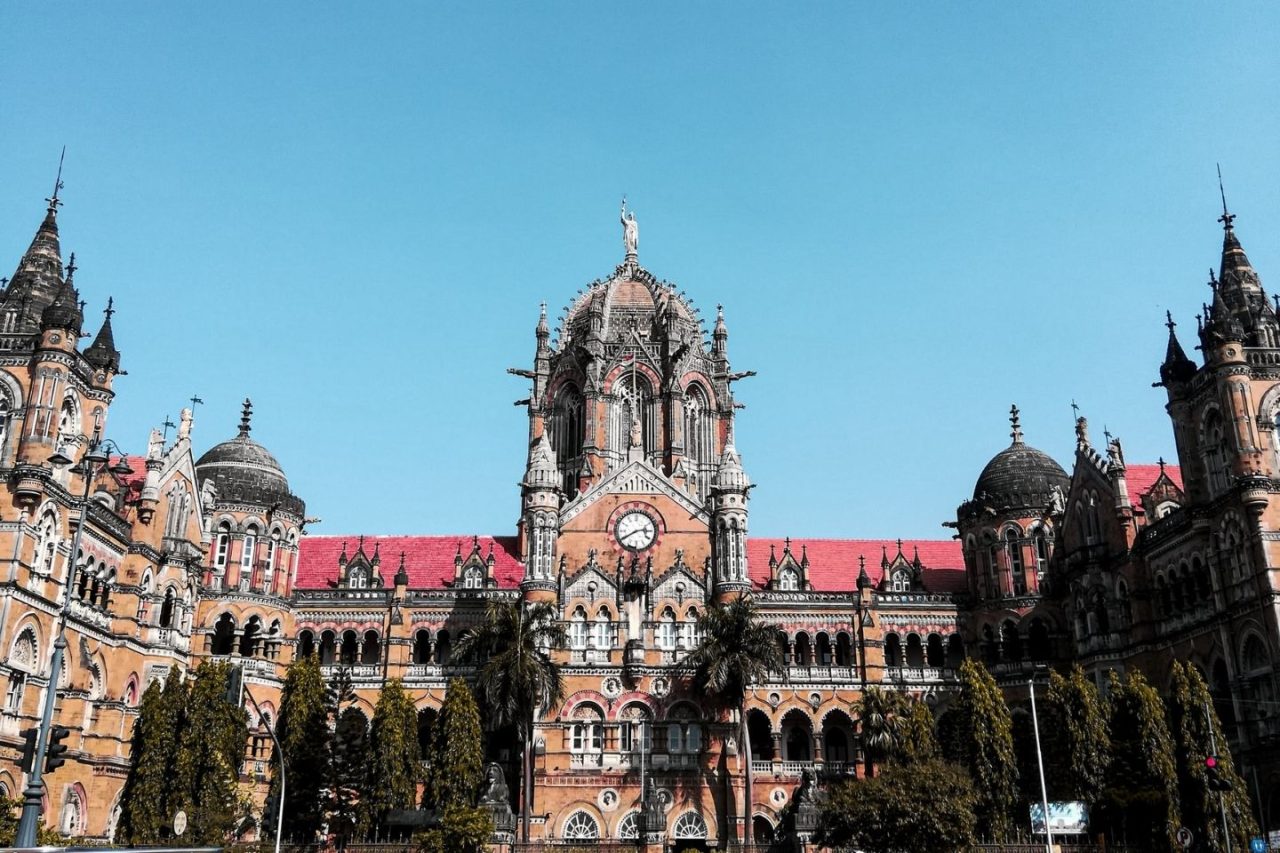
The Chhatrapati Shivaji Terminus, or CST, is not just a railway station. It is much more. Built in 1888, this legendary station was previously known by names such as Bori Bunder Railway Station and Victoria Terminus, often shortened to V.T.
Now a UNESCO World Heritage Site, CST flaunts a mix of Victorian Italianate Gothic Revival architecture and Indo-Saracenic styles. During the British Rule, this structure cost USD 23,000 to be completed, which would presently amount to USD 28 million.
Located in South Bombay’s Fort area, the Chhatrapati Shivaji Terminus is now known as Chhatrapati Shivaji Maharaj Terminus, or CSMT, named after the courageous erstwhile Maratha ruler. Often featured in Bollywood movies, CSMT is worth a visit for its opulent central dome, arched entrances and exits, and 18 platforms that service local and long distance trains.
Elephanta Caves
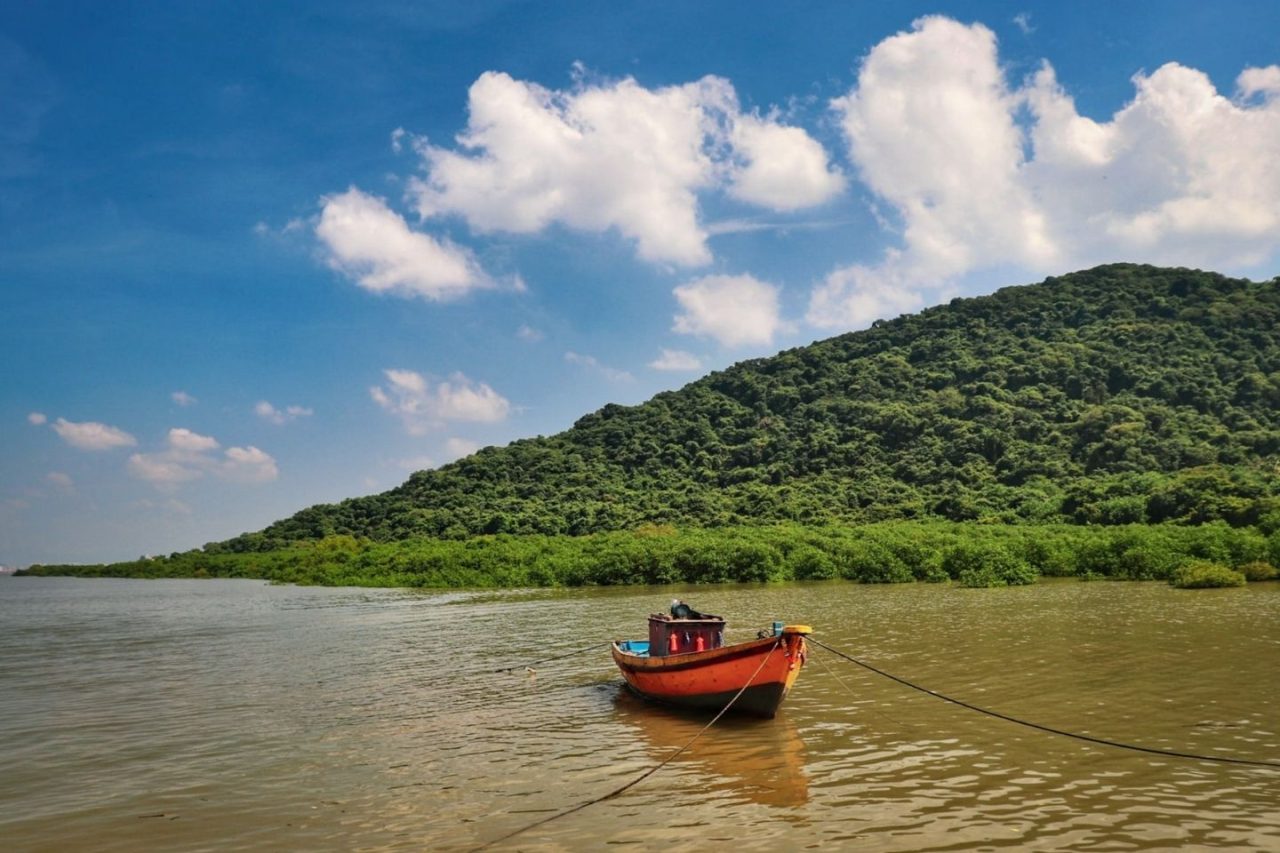
Dating back to the 2nd century BC, the Elephanta Caves take explorers into another period of time altogether. These ancient caves are located on Elephanta Island, accessible via ferry from the mainland of Mumbai.
A UNESCO World Heritage Site, the Elephanta Caves are a mix of Hindu and Buddhist cave temples, with rock cut architecture and Buddhist stupas. One of the best places to visit in Mumbai for history lovers, the layout of these basalt caves are spread across two hills – Cannon Hill and Stupa Hill.
Related: Learn more about top buddhist monasteries in India
There are 7 caves in all, each depicting a story from the Hindu mythology, centered around the deity of Shiva. Also on display are scenes that portray the wedding of Shiva with the female deity of Parvati. Apart from sculptures and murals, there are also 2 stupas which are built according to Buddhist architectural styles.
Girgaum Chowpatty
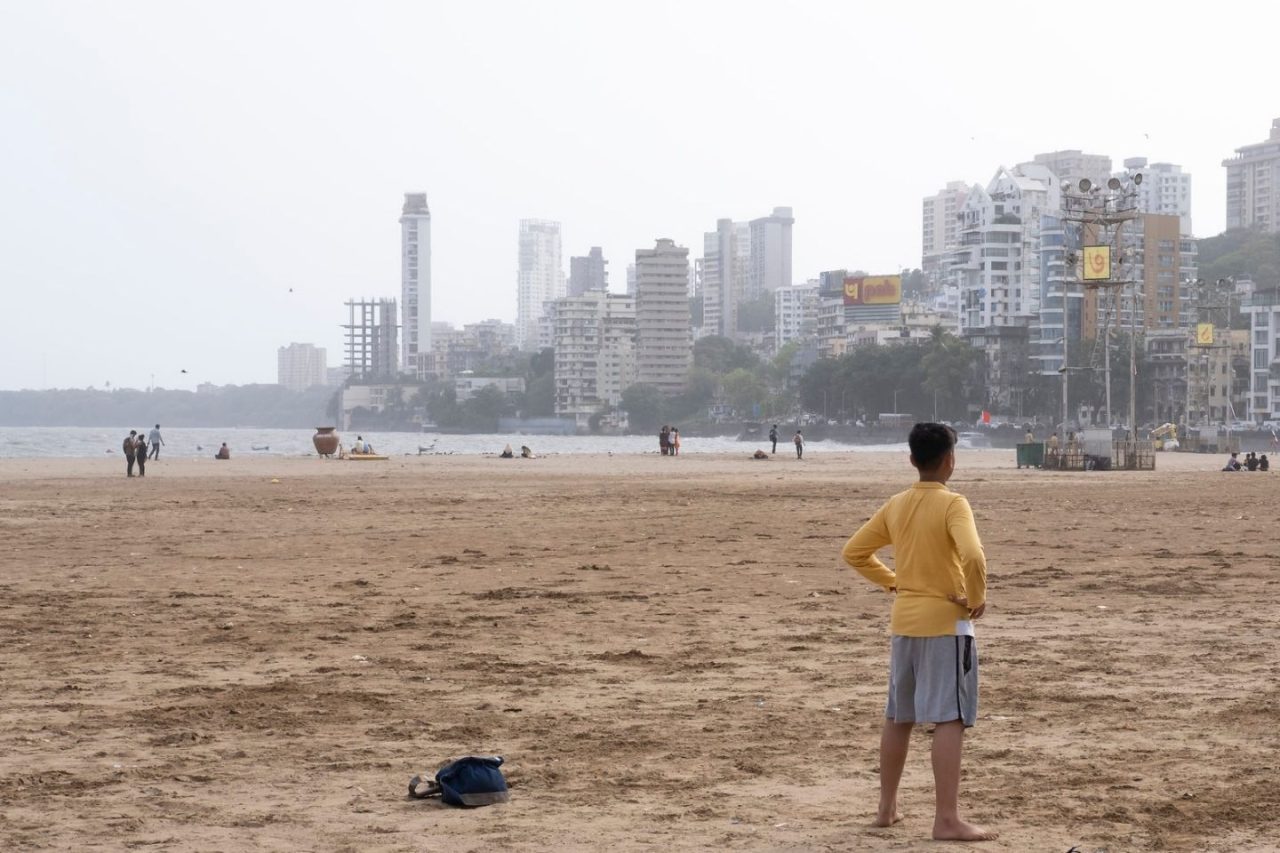
The coastal city of Mumbai is speckled with beaches. Girgaum Chowpatty is one of many public beaches where Mumbaikars and out-of-towners love to spend some leisure time, especially around sunset.
Located close to Marine Drive, this beach offers enviable views of Nariman Point, with high-rises dotting the skyline. One can also gaze at the posh neighbourhood of Malabar Hills from Girgaum Chowpatty.
While swimming is not recommended at the beach, tourists can enjoy the local street food, experiment with photography and even play a game of football.
One of the best places to visit in Mumbai with family, you can just go jogging or strolling along this stretch of the Queen’s Necklace. Corn-on-the-cob is an irresistible snack option at Girgaum Chowpatty.
Chhatrapati Shivaji Maharaj Vastu Sangrahalaya
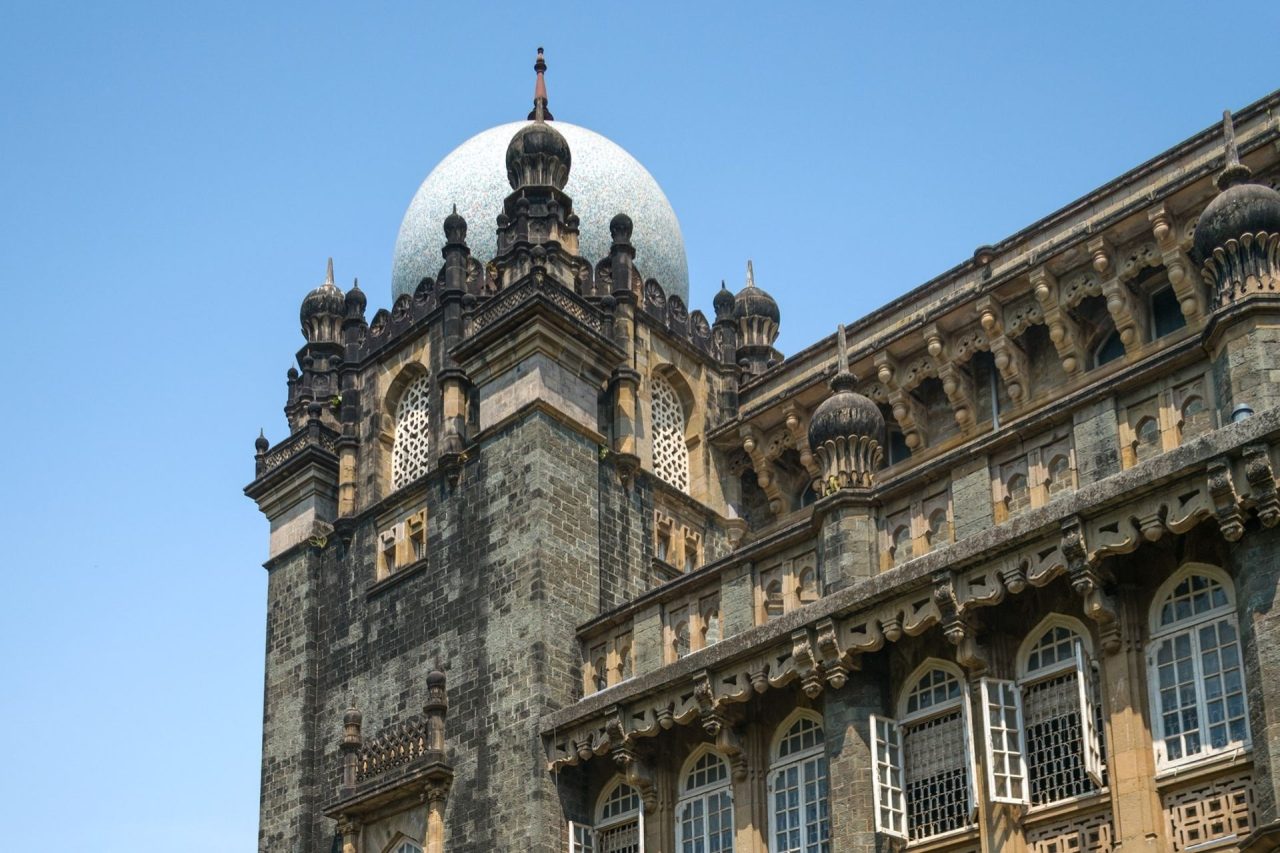
More popularly known by its former name (The Prince of Wales Museum), Chhatrapati Shivaji Maharaj Vastu Sangrahalaya is the largest and most important museum in Mumbai. Established in 1922, the place houses a whopping 50,000 artefacts, some dating way back to the 2nd century A.D.!
Located close to the Gateway of India, this museum has umpteen galleries and sprawls over 3 acres. CSMVS wears a Western Indian and Indo-Saracenic style of architecture, with a central dome and 3 storeys to add to its grandeur.
Browse through sections such as Natural History, Art and Archaeology. Walk past paintings, sculptures, arms, furniture, coin collections, keys, fabrics, dioramas, prints, metalware, and more. There’s a museum shop too for those looking for collectibles.
Kanheri Caves

Located inside Sanjay Gandhi National Park, Kanheri Caves are a set of caves which are monolithic in nature. Showcasing India’s ancient rock-cut architecture, these basalt monuments date back to a period between the 1st century A.D. and the 10th century A.D.
Nomenclature-wise, Kanheri means “black mountain” from the Sanskrit root “Krishnagiri”. The caves are laden with inscriptions, paintings and carvings from Buddhist ideologies. A collection of 109 caves, Kanheri Caves also has Buddhist sculptures and stupas.
To visit Kanheri caves, you might need to hike a little bit as these are situated on a hillock. One can understand the lifestyle of Buddhist monks and students by studying the arrangement inside each cave. Some have stone plinths to sleep on (beds for ascetics) while some are congregation halls (chaityas) meant for worship.
Dhobi Ghat
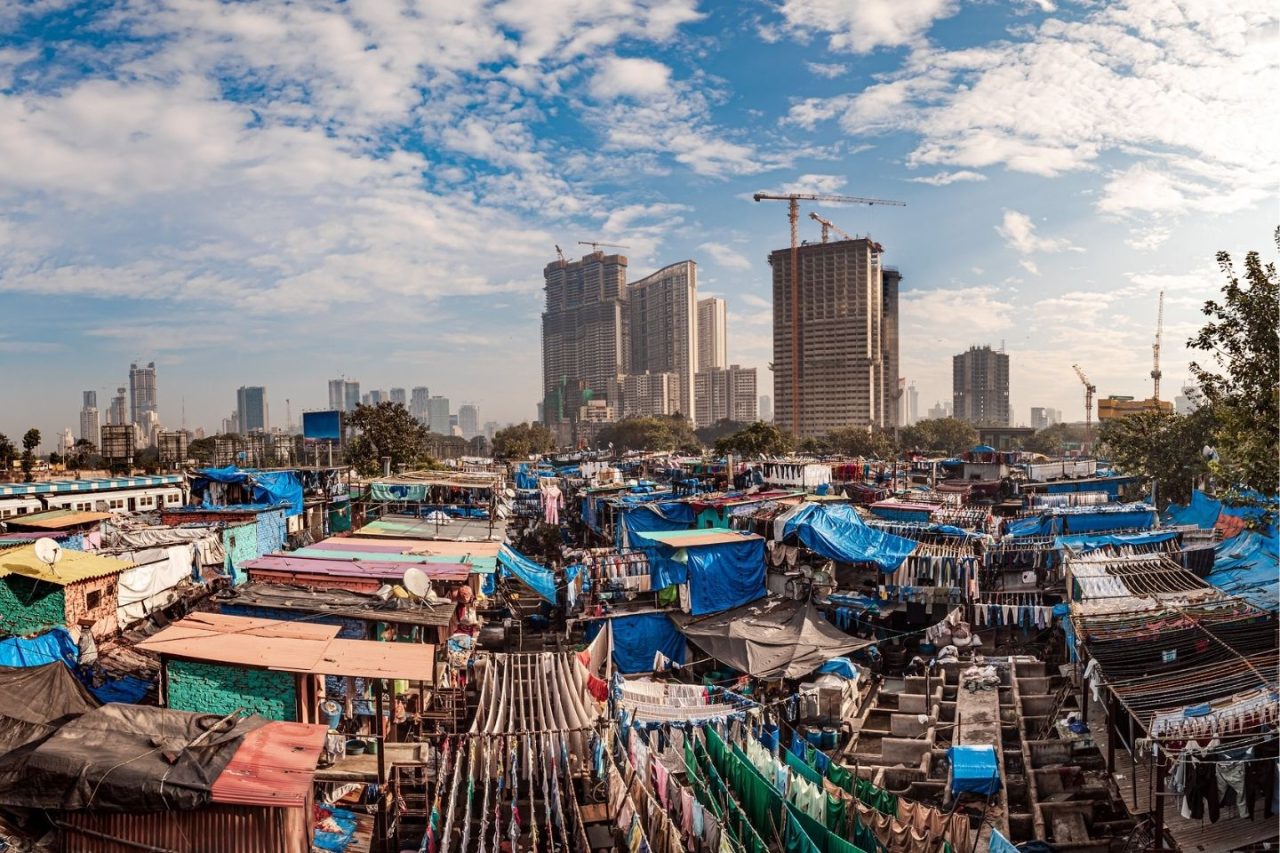
Mumbai’s famous laundry district, the Dhobi Ghat is a spectacular open-air laundromat. Located by the Mahalaxmi Railway Station, the place is also called the Mahalaxmi Dhobi Ghat.
Recognized as the world’s largest outdoor laundromat, Dhobi Ghat is one of the offbeat places to visit in Mumbai. It is made of countless rows of wash pens. These concrete sections are where the dhobis (washers) do all the washing for the city of Mumbai.
The wash pens are made of concrete. The laundry that arrives here is mainly from mid-scale hotels, local laundries, clubs, garment dealers, caterers and event decorators in the city.
It is estimated that more than 100,000 clothes are washed here each day by about 7000 washers. Apart from washing, the clothes undergo scrubbing, flogging with heavy flogging stones, bleaching, dyeing, drying and ironing.
Sanjay Gandhi National Park
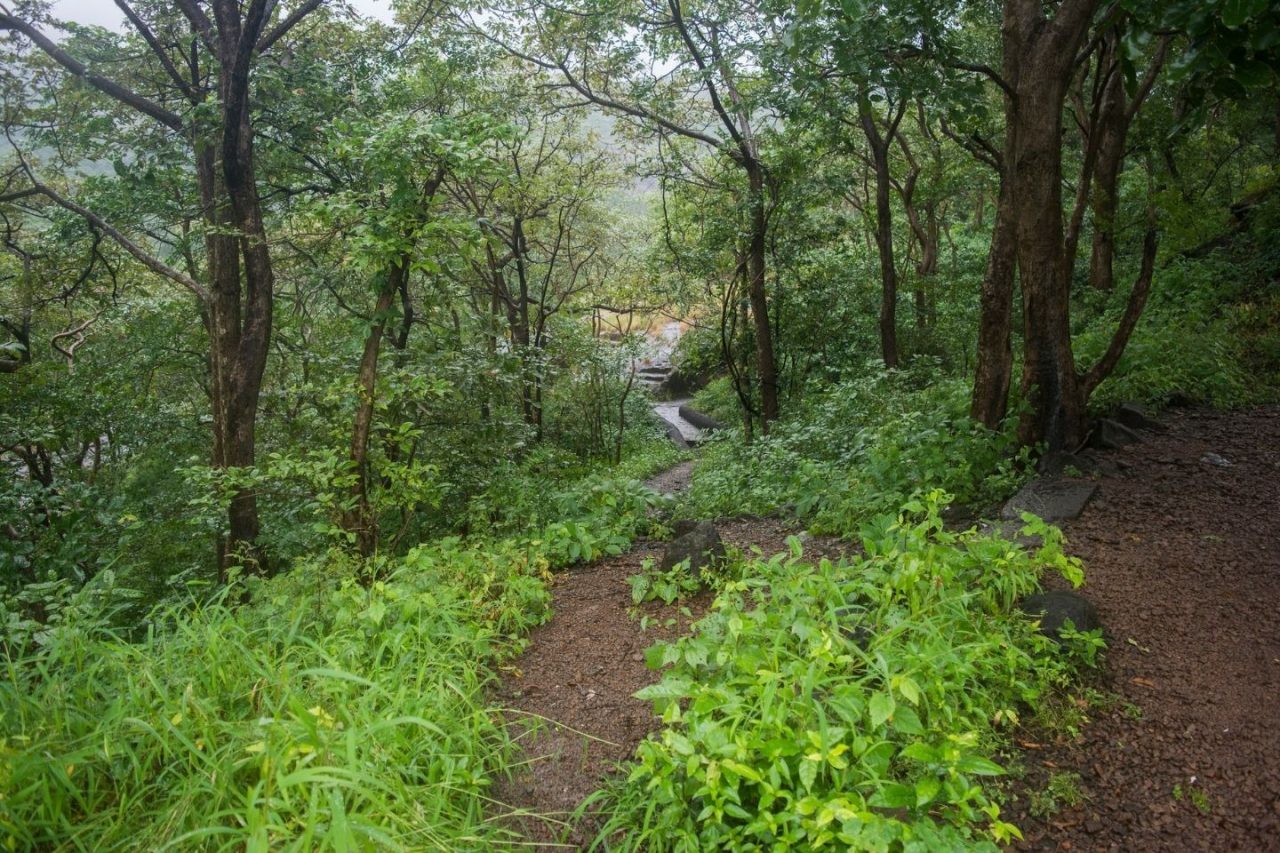
The only national park that you will ever come across inside a city in India, the Sanjay Gandhi National Park sprawls over 34 square miles. Established in 1996, this protected area is full of dense forest, hills and a couple of lakes.
Vihar Lake and Tulsi Lake are nestled deep inside this national park. In fact, Mumbai receives some of its water supply from these lakes.
One of the best places to visit in Mumbai with family, it is called ‘the lungs of Mumbai’. Sanjay Gandhi National Park is also known to many as Borivali National Park.
One can find more than a thousand species of flora and 5,000 species of insects here, apart from 251 species of birds, 40 species of mammals, 150 species of butterflies, 38 species of reptiles and 9 species of amphibians. The best way to explore this part of Mumbai is by opting for Mumbai Darshan by Private Cab.
Haji Ali Dargah
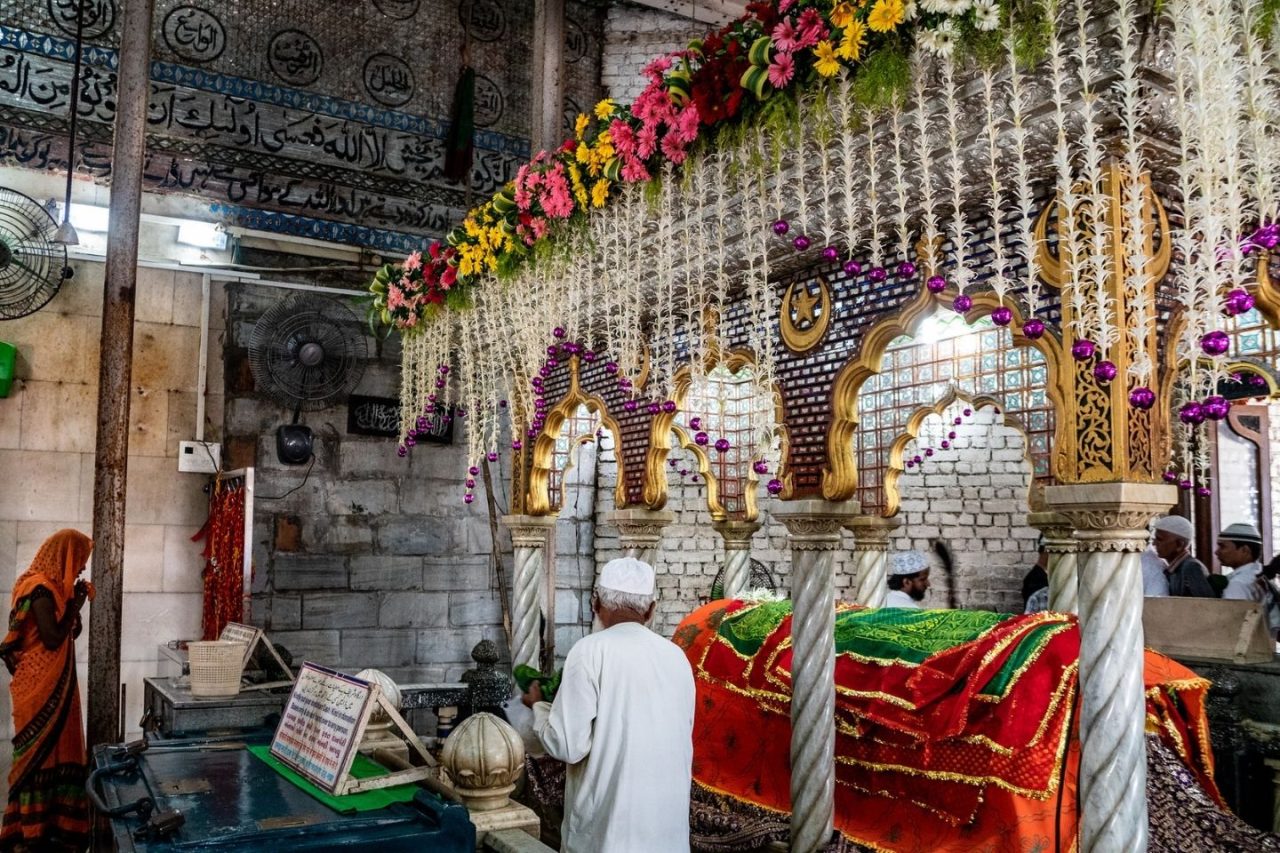
An unmissable structure off the Worli coast is that of the Haji Ali Dargah. This mosque, built in 1431, also contains the tomb of Pir Haji Ali Shah Bukhari, a wealthy Sufi saint merchant from Uzbekistan.
This Islamic shrine is built according to the Indo-Islamic architectural styles, with a central dome and minarets surrounding it. The entire complex is whitewashed, and there is a tall gate to enter the shrine.
The dargah is spread over 5,000 square metres, with the tallest minaret reaching a height of 85 feet. During Muslim festivals, the entire masjid complex is lit up in green to signify purity as per the religious beliefs. On most other days, the shrine glitters on the Arabian Sea, thanks to its white marble.
Bandra-Worli Sea Link

Also known as the Rajiv Gandhi Sea Link, this one is Mumbai’s most aspirational civil works project yet. The Bandra-Worli Sea Link sharply cuts down the time to travel from Bandra to Worli.
With a total length of 5.6 kilometres, the sea link offers a panoramic view of Mumbai’s cityscape. Straddling upscale neighbourhoods, the sea link commands a toll which can either be paid up-front via cash or card, or deducted from your FASTag account online.
The world-class Bandra Worli Sea Link is closed to pedestrians, except during the Mumbai Marathon when it opens for official participants only. This iconic bridge has four traffic lanes on each side. After a total of 10 years which the construction took, the sea link was opened in 2010.
Hanging Gardens

Mumbai’s beautiful Hanging Gardens of Mumbai are also called Pherozeshah Mehta Gardens. Located in the high-society area of Malabar Hills, these gardens sit right at the top of the hill. Designed by Ulhas Ghapokar, Hanging Gardens have a terraced layout.
Opened in 1881, the gardens are free to enter for all on all days from 5 AM to 9 PM. The garden lies on top of the main reservoir of the city, built initially to protect the water source from the effects of the Tower of Silence nearby – an open-air Zoroastrian funerary tower where their dead are left for scavengers for the traditional excarnation.
Right at the centre of the Hanging Gardens, one will find a pretty flower clock. You can also watch the marble sundial or stand by the viewing gallery for a bird’s eye view of various parts of South Bombay.
Colaba Causeway
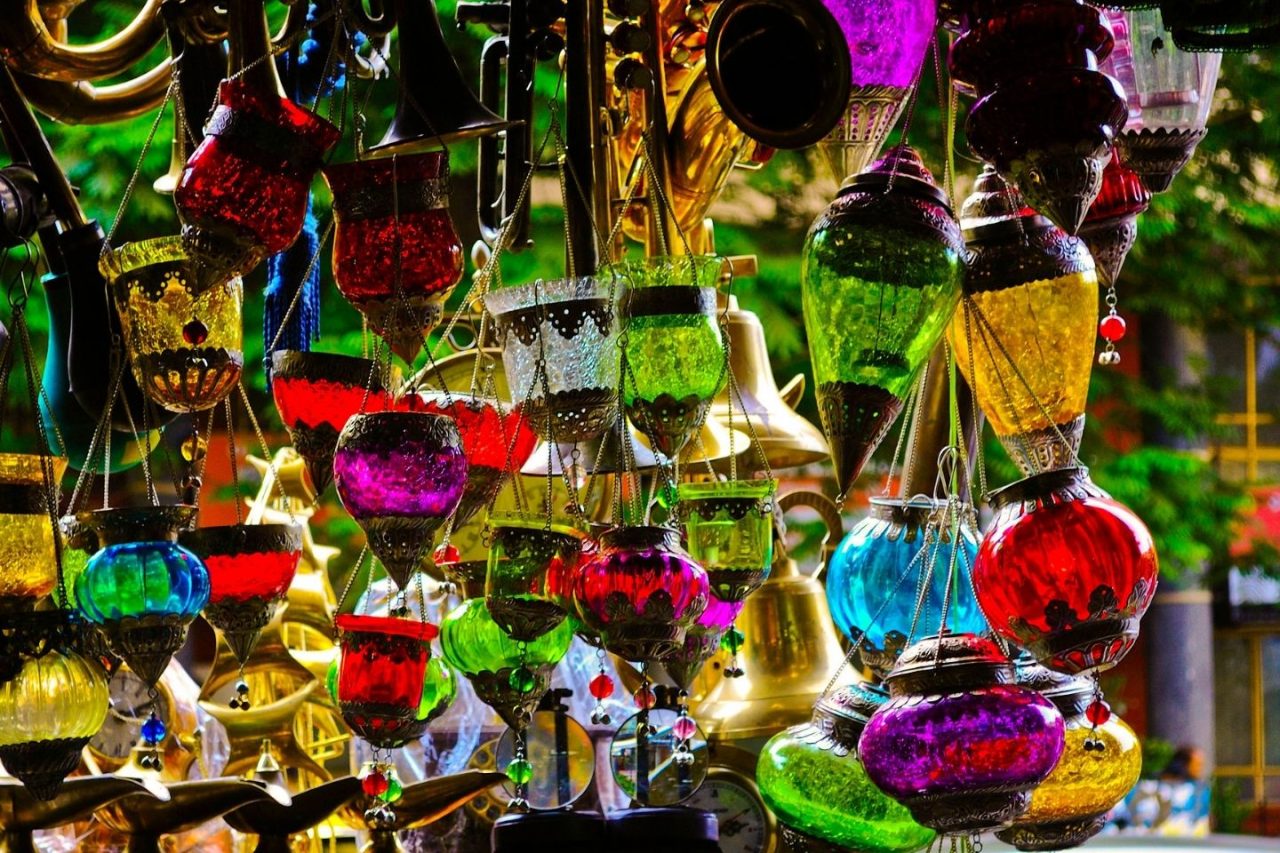
One of the busy shopping streets of SoBo, Colaba Causeway houses rows of little shops on British-era pavements. These roadside stores sell fashion clothing, imitation jewellery, books, shoes and a lot more. You will also come across food stalls where you can take a bite of Mumbai’s favourite street foods such as pav bhaji, pani puri or vada pav.
If you are looking for a day of shopping, head out after 9 AM as that’s when the stores begin to open, if not later by 11 AM. Many of the places close by 10 PM, so don’t be too late.
Apart from makeshift stalls, the lanes are also lined by long-standing stores that sell branded products. One can always choose between budget-style shopping or splurging. The best way to shop around the city while visiting the prominent tourist places is to book a one day Mumbai local sightseeing trip by private car.
Byculla Zoo
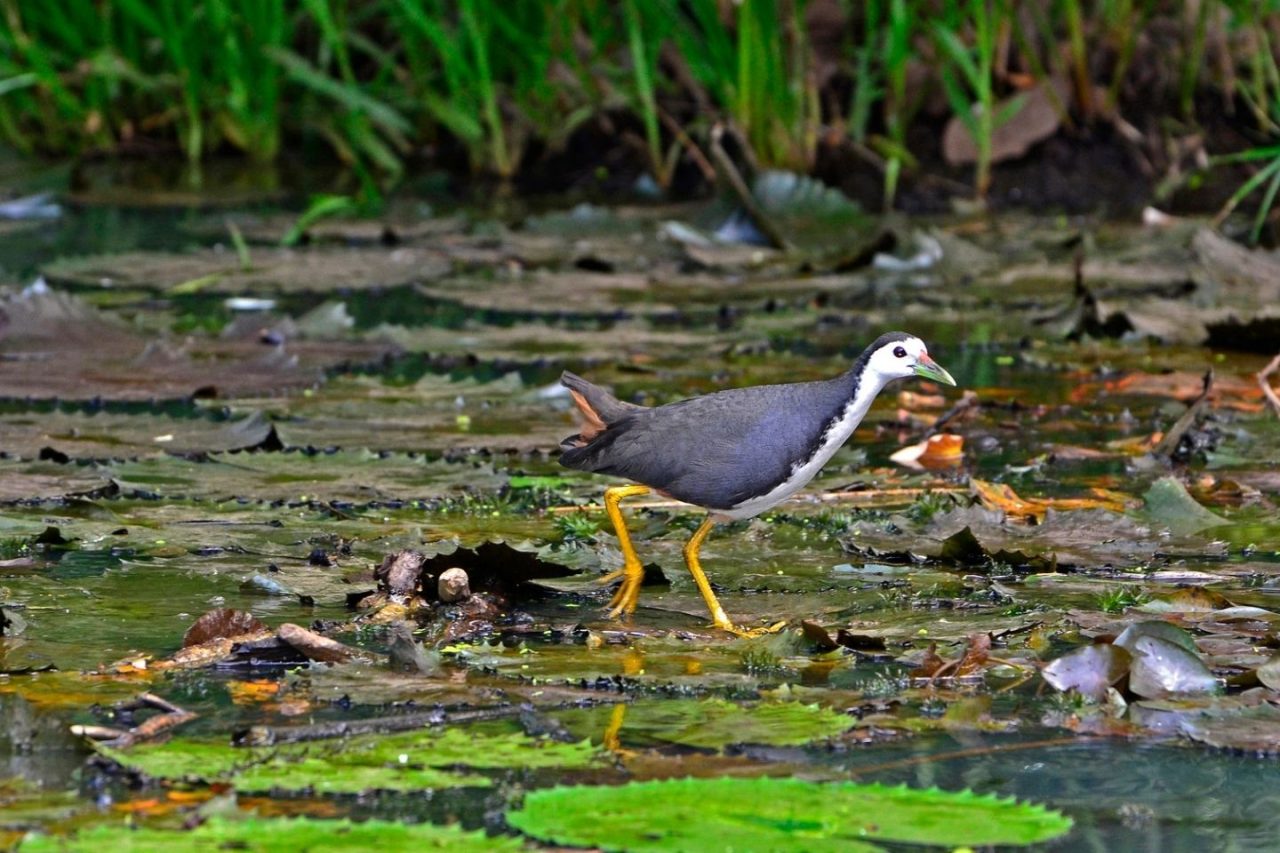
Formerly named as the Veermata Jijabai Bhonsale Udyan, this garden and zoo was established in 1861. Notable for being the oldest public garden in the city, Byculla Zoo houses about 843 species of animals.
Also classified as a botanical garden, Byculla Zoo is one of the favourite places to visit in Mumbai for kids. The place lets one watch a collection of rare trees such as the glass pane tree. The zoo is open to visitors on all days except Wednesday when it is closed for maintenance.
For a nominal entry fee, one can enter here between 9:30 AM and 6 PM. Keep an eye out for hippopotamuses, monkeys, deer, elephants, nilgai, and a lot of other animals, apart from several birds in large cages. If you’re lucky, you might be able to see the workers feeding the animals.
Jehangir Art Gallery
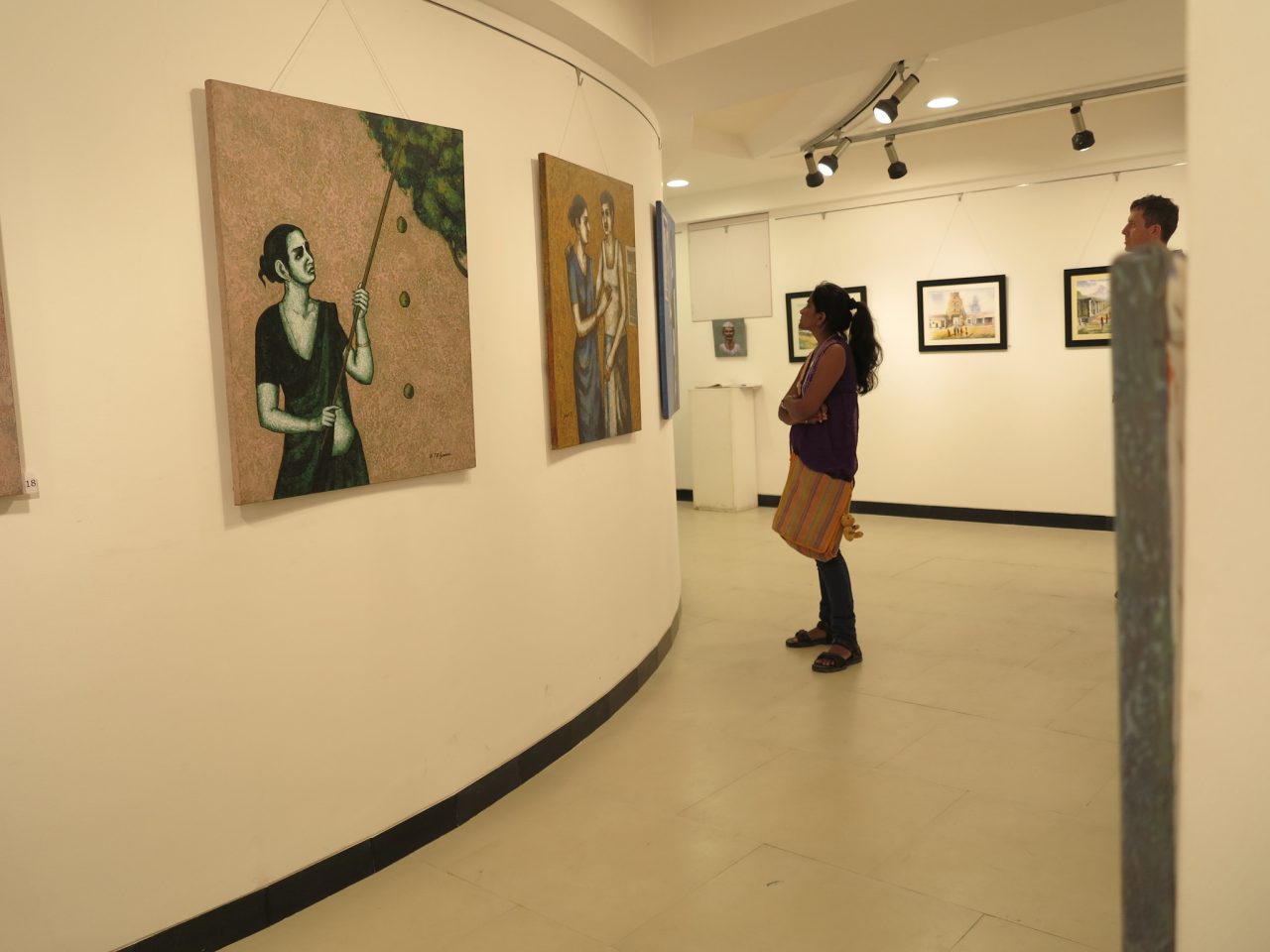
One of the chief art exhibition spaces of the city, Jehangir Art Gallery was established in 1952. The art gallery has contributed its fair share to the development of contemporary Indian art.
Apart from the main Hirji Jehangir Art Gallery, the space accommodates four exhibition galleries to showcase the skills of painters, weavers, sculptors, photographers, print-makers, ceramicists and craftsmen. There is a dedicated Terrace Art Gallery for Photography in the premises.
Along with exhibitions, Jehangir Art Gallery hosts lecture programmes, discussions and workshops on different forms of art, intended both for the layman and the trained artist with a relevant academic background.
At this art gallery in South Mumbai, aspiring artists have plenty of opportunities to meet veterans of art and experienced fraternity.
Mount Mary Church

Formally called the Basilica of Our Lady of the Mount, this Roman Catholic shrine in Bandra is dedicated to Jesus’s mother, Mary. The current renovated structure was built in 1904 and is accorded the status of a minor basilica. Standing 80 metres above the sea level, Mount Mary Church looks over the Arabian Sea from its vantage point upon a hill.
The church sees a lot of crowd during Roman Catholic festivals such as Christmas, feast of the Blessed Virgin Mary and Easter. The Bandra Fair is another celebratory affair that draws people to the Mount Mary Church.
At the bottom of the hill, one will find many street shops selling candles, rosary necklaces and other relics for the religious visitors.
Juhu Beach
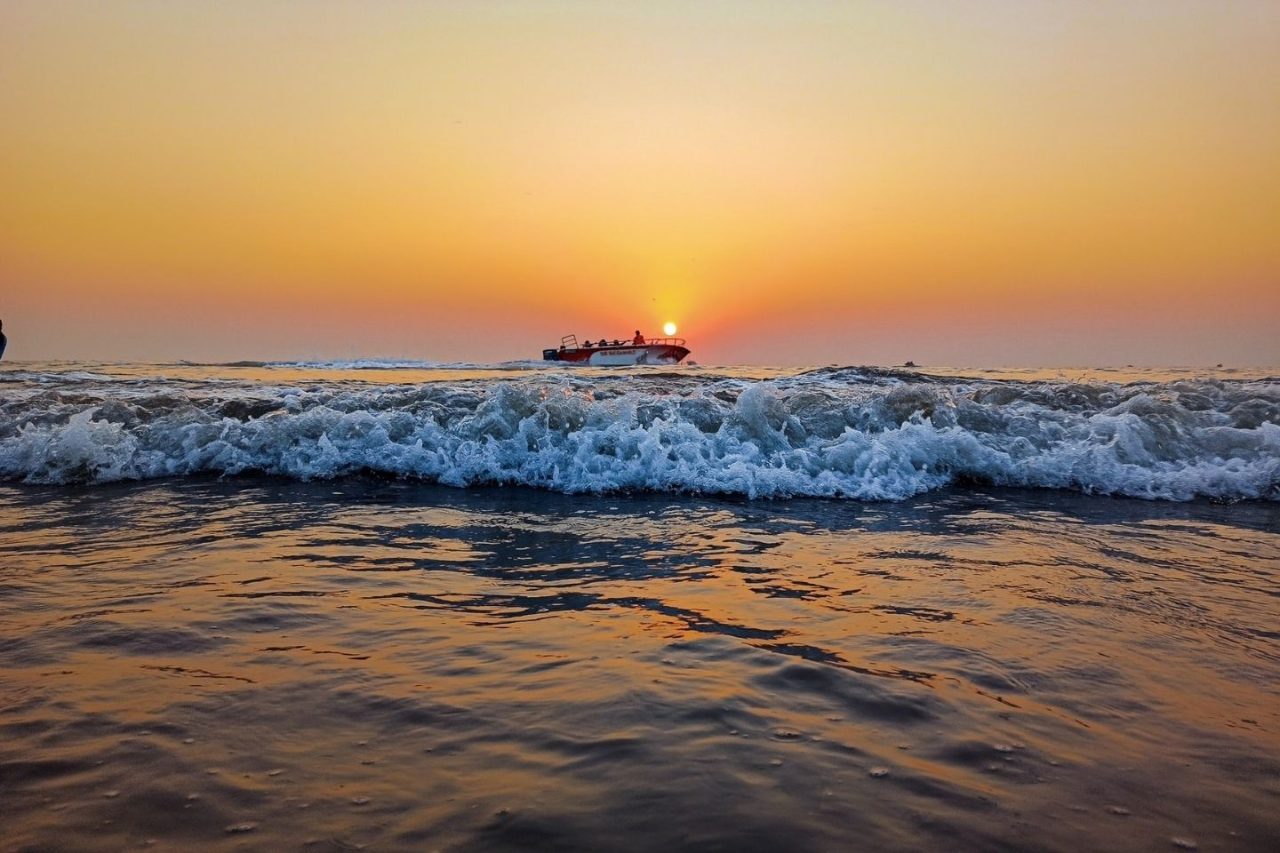
For an expansive view of the Arabian Sea, head to Juhu Beach, located in the eponymous neighbourhood. Home to many Bollywood stars, Juhu is known to be an area full of the wealthy.
Interestingly, the Portuguese called Juhu “Juvem” in the 19th century, while it was still a separate island. As you walk along the beach, you will come across many makeshift stalls that sell tea, coffee, ice cream, corn-on-the-cob, and other savoury and spicy street food.
The balmy climate at the Juhu Beach is a huge pull for tourists. The place is forever sunny except in the monsoon. The temperature generally hovers around 25 degrees Celsius and 35 degrees Celsius, offering a pleasant experience to beach walkers, picnickers and others who stroll about.
Nehru Planetarium
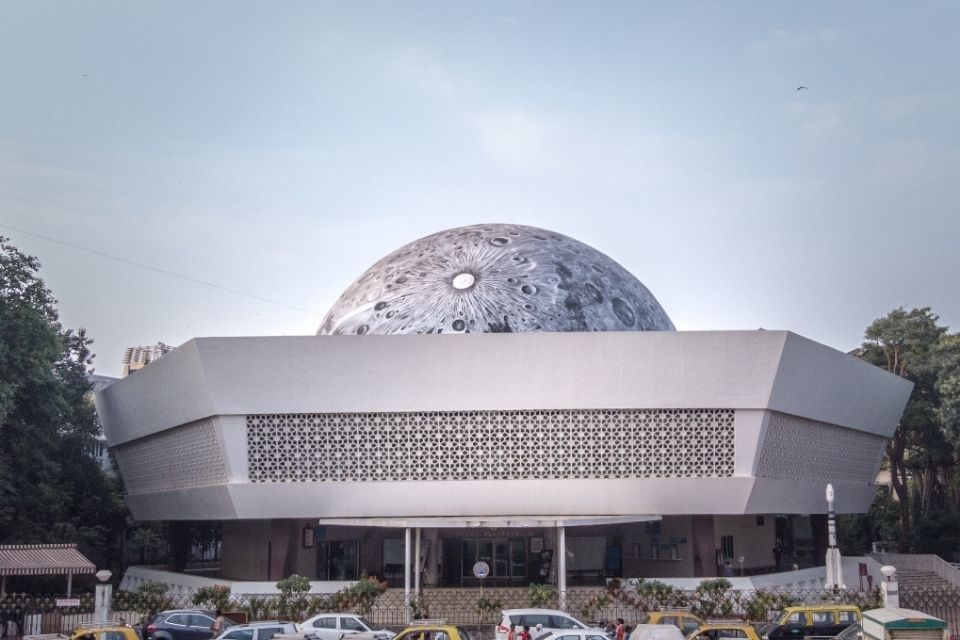
Located in Worli, Nehru Planetarium is a wonderful place to spend a day with your children. This edutainment hub is a favourite place to visit in Mumbai for astronomy enthusiasts. Special events are organized for school kids and stargazing meets here.
The premises have several rooms spread across floors dedicated to different fields of Science. Interactive exhibitions invite children to cultivate their curiosity and ask pertinent questions that will broaden their understanding of basic scientific concepts.
Nehru Planetarium also has a dome theatre with a seating capacity of 500, to screen 3-D short films and documentaries. Their regular show titled ‘Biography of the Universe’ is screened in three languages – English, Hindi and Marathi.
You can also watch solar and lunar eclipses at the planetarium, the dates of which are announced well in advance.
Bandra Fort
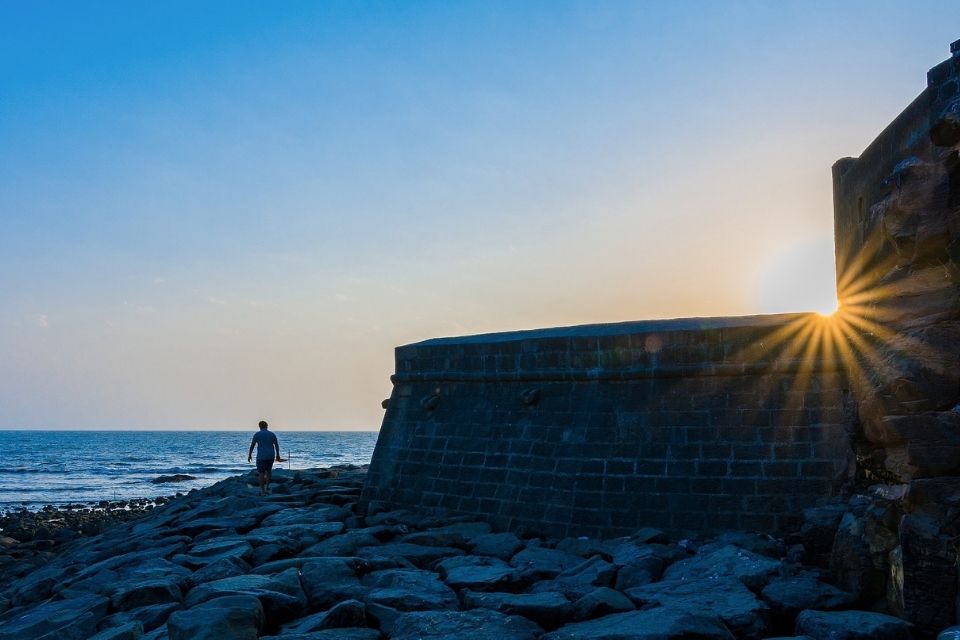
Colloquially called Bandra Fort, this Portuguese remnant in Mumbai is also known as Castella de Aguada, which literally translates to “water castle”. Built in 1640, the fort stands at an elevation of 43 feet above the sea level.
Visitors are permitted to enter Bandra Fort between 6 AM and 6:30 PM, and the sunsets are quite alluring to watch from here! If you are a photographer looking to capture rare visuals of the Bandra Worli Sea Link, the Bandra Fort will offer a lovely vantage point for sunrise shoots. In fact, even the Bandstand area is visible from up here.
Powai Lake
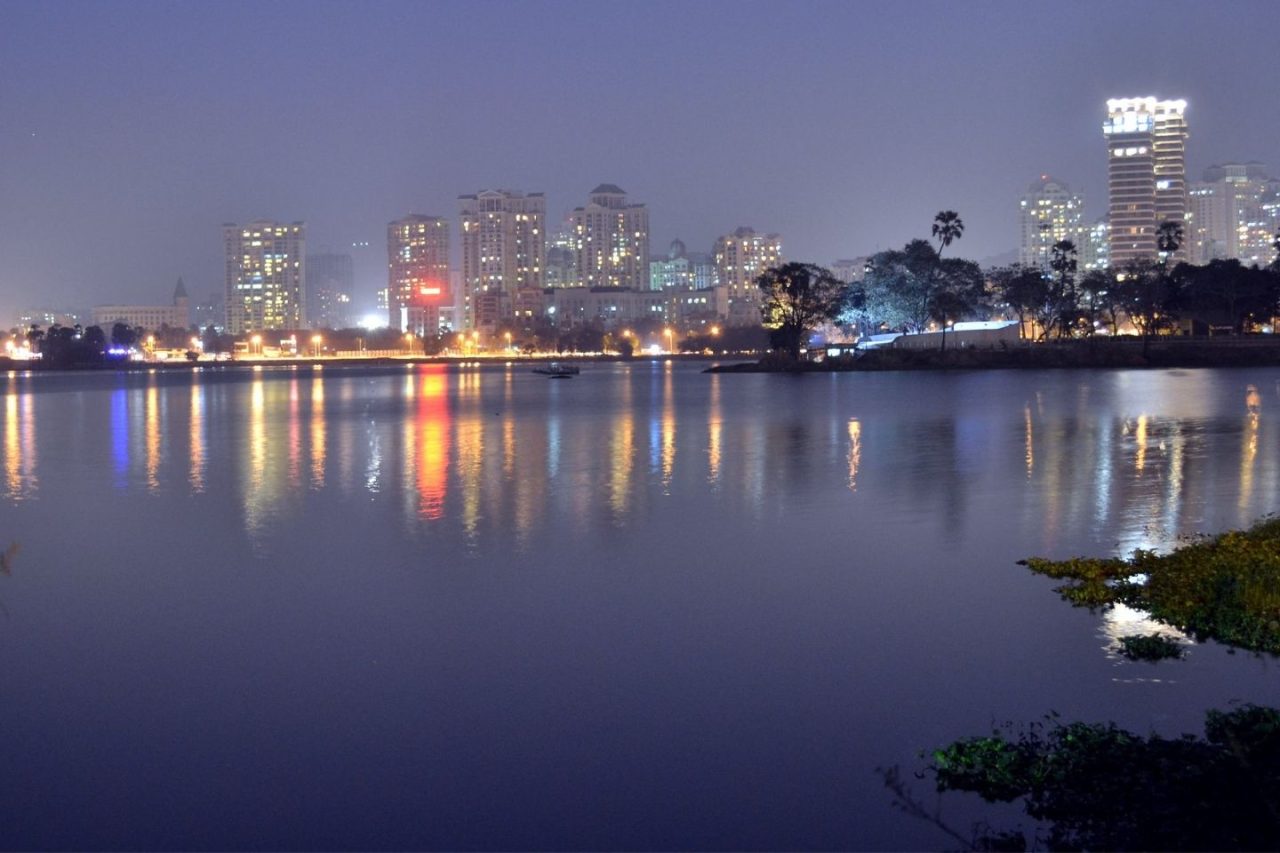
Venture into suburban Mumbai to get a glimpse of Powai Lake. Part of the Powai area, this lake is actually an artificial one, built in 1799 A.D. by the British. This lake spans an area of 6.6 kilometre square.
While the surface sits at an elevation of 59.5 metres from the sea level, the maximum depth of Powai Lake is 29 feet. There is a promenade around most parts of this lake where joggers can be seen early in the morning. There are also benches to relax and viewpoints for photography.
Birdwatchers can hope to see terns, kingfishers, hoopoes, ducks, storks, doves, parakeets, swamphens, falcons, sunbirds, egrets, jacanas, herons, warblers, cormorants, kites, bulbuls, harriers, and more. Bees, butterflies, beetles and crocodiles are also often spotted at Powai Lake. The best way to experience this city is by booking a 1 day Mumbai city tour by private cab.
Film City
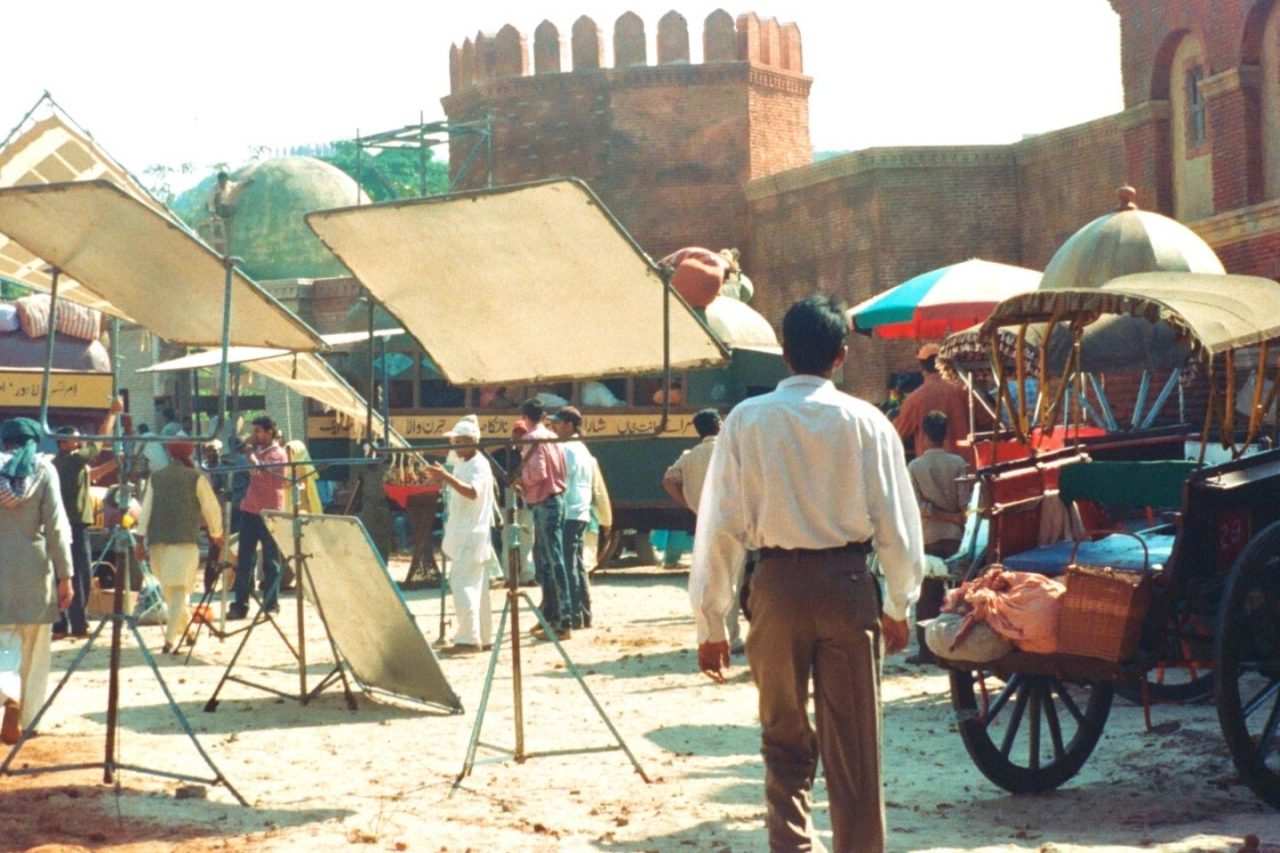
Mumbai is the unofficial entertainment capital of the country, home to Bollywood – the wealthiest film industry in the country. It should not come as a surprise that the city houses an integrated film studio complex.
Commonly known as Film City, the place has about 42 outdoor shooting locations. Even if you are not a celebrity, you can get a tour of the entire complex located in Goregaon East. Officially called Dadasaheb Phalke ChitraNagari, Film City is one of the popular places to visit in Mumbai for movie lovers.
The Film City is spread across 520 acres of land and has 16 studios inside. Here, one will find an artificial waterfall, a temple, a garden, a prison, picnic areas, a lake, villages, fountains and mountains for filming various scenes. It is also possible to watch a live shoot during your tour.
Dr. Bhau Daji Lad Museum

Established in 1855, Dr. Bhau Daji Lad Museum has the distinction of being the oldest museum in Mumbai. Previously called ‘Victoria and Albert Museum’, the place is a treasure trove of industrial and decorative artworks.
One can take a free public tour of the premises over the weekend with the curatorial team. An audio guide is available for those who wish to learn about the collections in various galleries in a self-paced tour.
Curio collectors should hop into the museum store to buy inspired articles made by traditional craftsmen and allied NGOs. There is a museum café as well, in case you wish to stop for a sip of coffee between gallery visits.
Among the exhibits, one will find models depicting the lifestyle and culture of the people, paintings and sculptures.
Mahakali Caves

Also known as Kondivita Caves, Mahakali Caves are a group of 19 Buddhist monuments that display their ancient rock-cut architecture. These caves date back to the 1st century B.C. until the 6th century A.D.
The caves are essentially Buddhist prayer cells which are called ‘viharas’. It is here that Buddhist monks would meditate. There is also a large prayer hall, called ‘chaitya’, where the monks would gather to pray together.
The Mahakali Caves are 230 feet above the sea level, and located in Andheri East, in suburban Mumbai. For a glimpse into Buddhist mythology, head to cave-9. Although now disfigured, this cave has Buddha depictions in 7 forms from their scriptures.
Vasai Fort
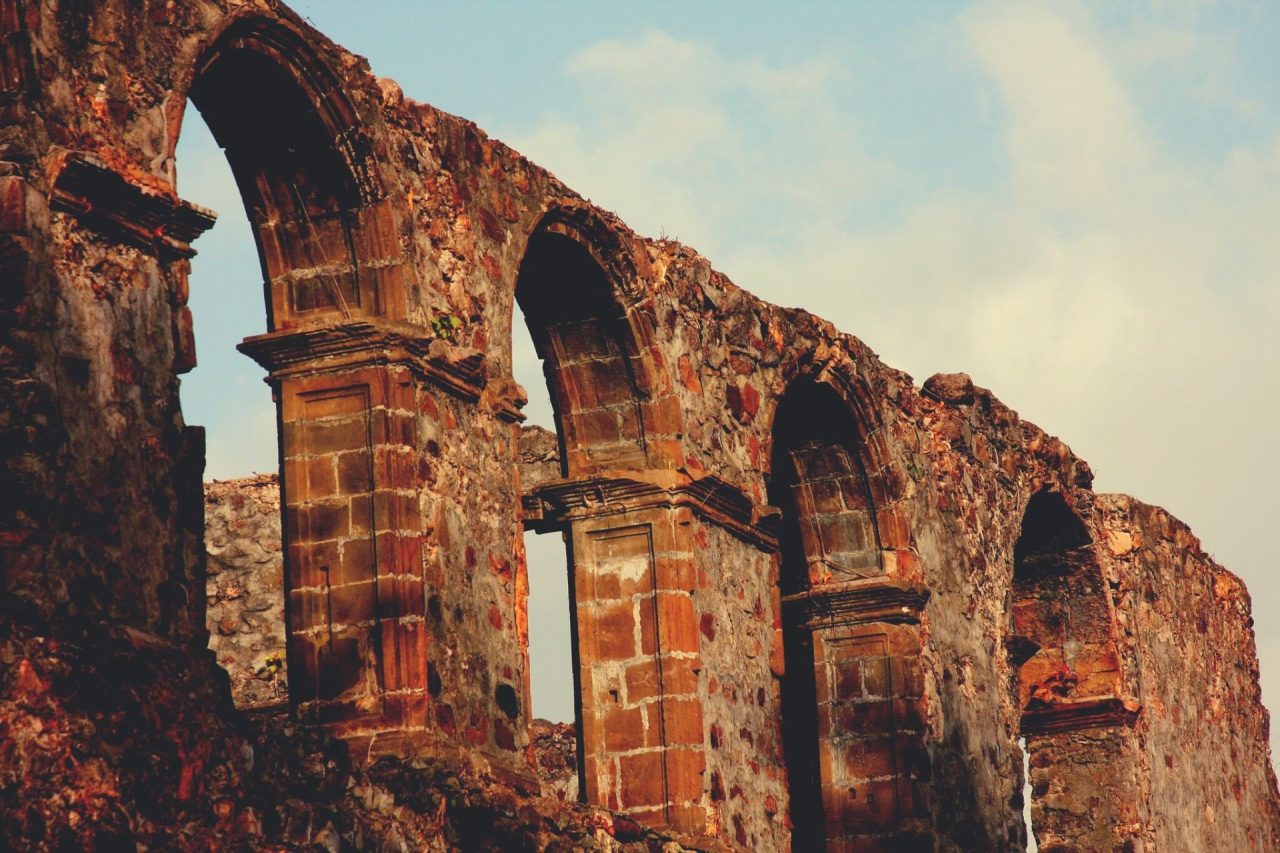
Every traveller who loves to explore ruins must visit the Vasai Fort, located in the northern part of extended Mumbai. Also known as Fort Bassein, this protected monument is a seaside fort built in 1184 A.D.
The citadel has changed many hands over the years, being built initially by the Yadava Kingdom of Devagiri. Vasai Killa was later occupied by the Chalukya Dynasty until 1432, before coming under the rule of the Gujarat Sultanate.
In 1534, the Portuguese Empire controlled the fort, and it was alternatively called Corte de Baçaim in Indo-Portuguese creole, meaning ‘Court of Bassein’. The fort looks over the Vasai Creek, offering sweeping views of the Arabian Sea.
Built of stone, Vasai Fort has a church which now lies in ruins, apart from a statue of Chimaji Appa, the commander of the Maratha warriors who won the Battle of Vasai in 1739.
Bandra Bandstand
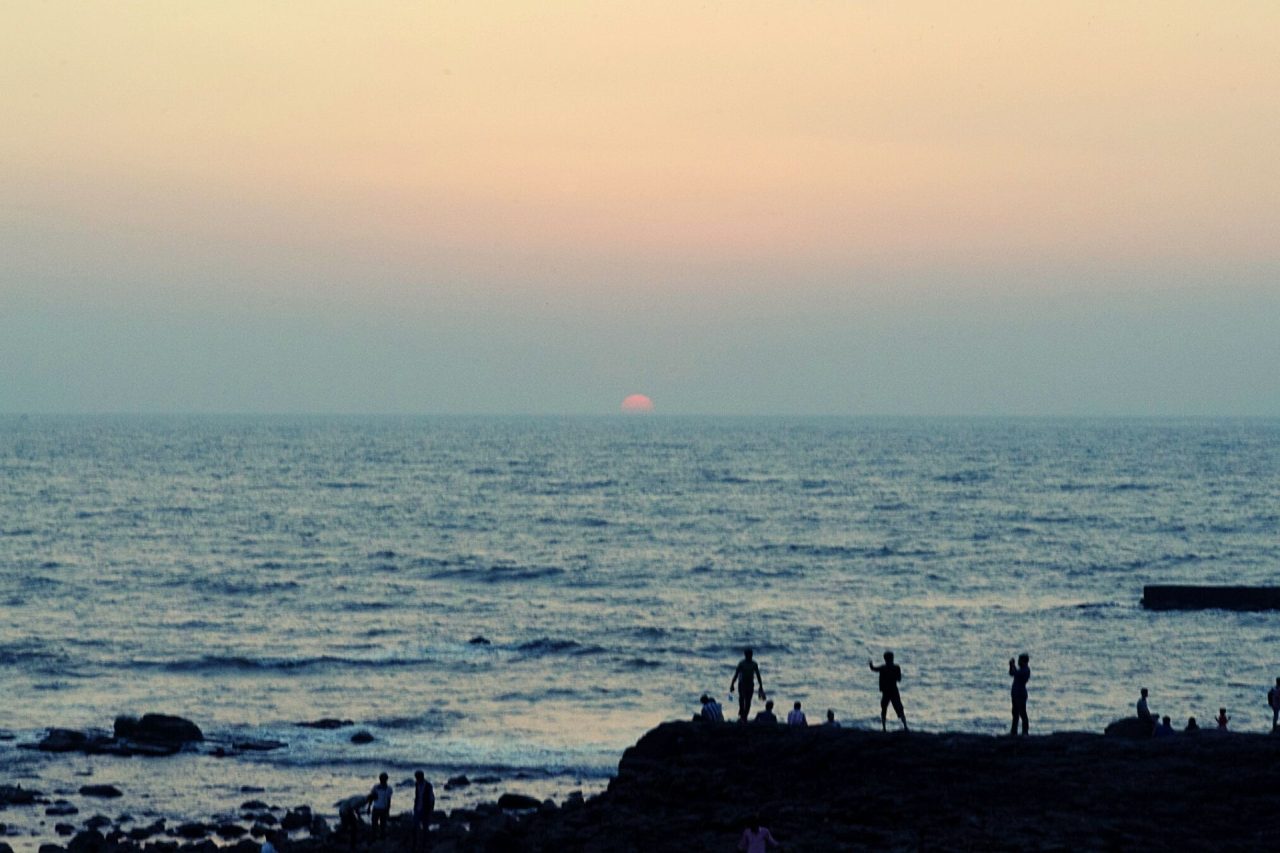
Often called the Bandstand Promenade, Bandra Bandstand is a pedestrian walkway that stretches up to 1.2 kilometres. Located in the upscale neighbourhood of Bandra, the promenade offers enviable panoramic views of the sea, and is a popular place in Mumbai for jogging or just hanging out.
Bandstand has an Artist’s Court for Sunday jam sessions by upcoming bands. For some fanfare and entertainment, stroll about Bandra Bandstand during the biennial festival of Celebrate Bandra, a cultural and culinary fair.
Mumbai Festival is another occasion for a lively experience. The promenade comes to an end at the Land’s End area where an amphitheatre is present for performance nights.
Worli Sea Face
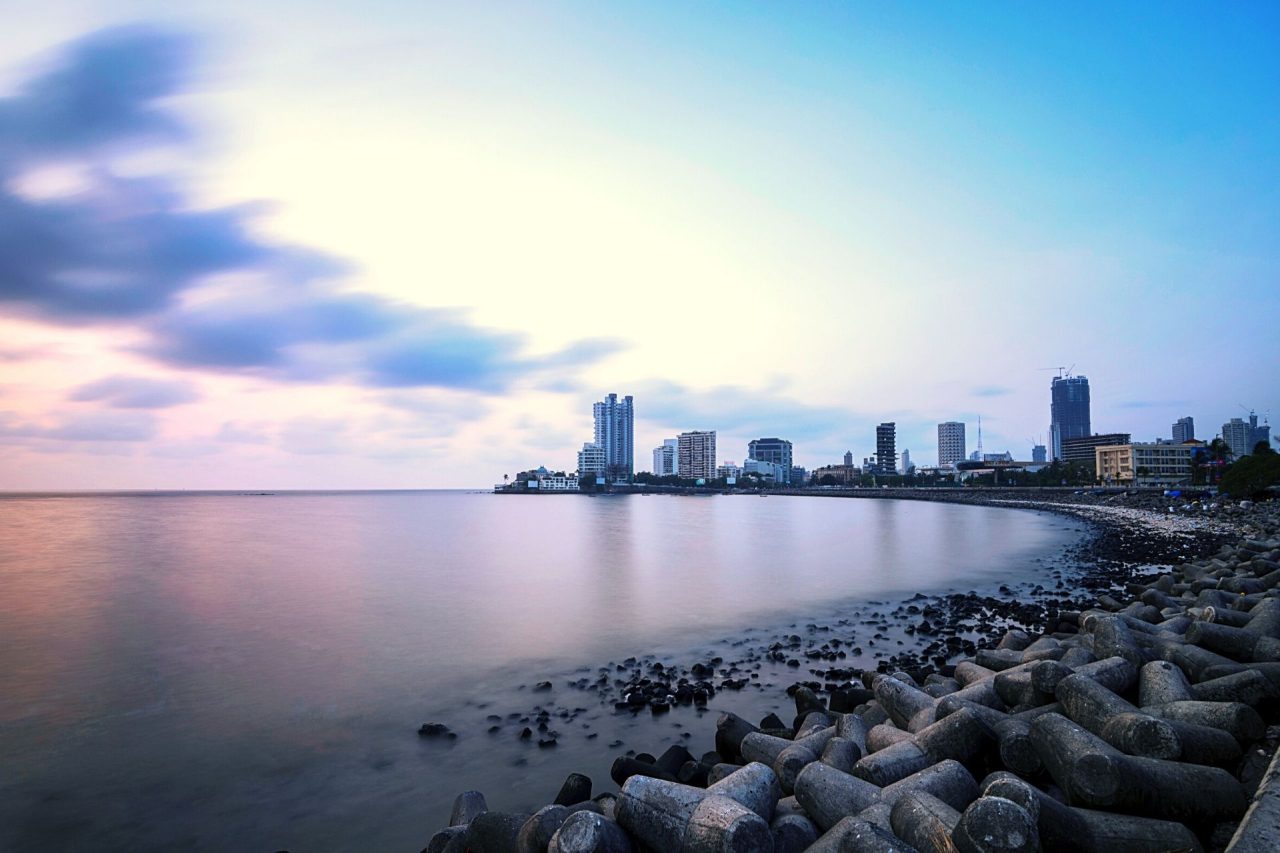
Spanning 3.5 km, Worli Sea Face extends a rare view of the Arabian Sea. This coastal promenade is not just for walkers. It doubles as a chill-out place for those who don’t mind sitting on the paved edge.
Worli Sea Face is lined by public parks such as BMC Garden and Bhagwan Gautam Buddha Udyan. Enjoy the view of the Bandra Worli Sea Link or photograph the cityscape of Mumbai from the sea face.
Makeshift juice stalls offer refreshing fruit, vegetable or herb drinks to joggers out and about on their morning and evening rounds. Arriving here is easy, thanks to the Prabhadevi Station and Parel Station that service local trains plying on the Western and Central Lines of the local train system.
Mani Bhavan Gandhi Sangrahalaya
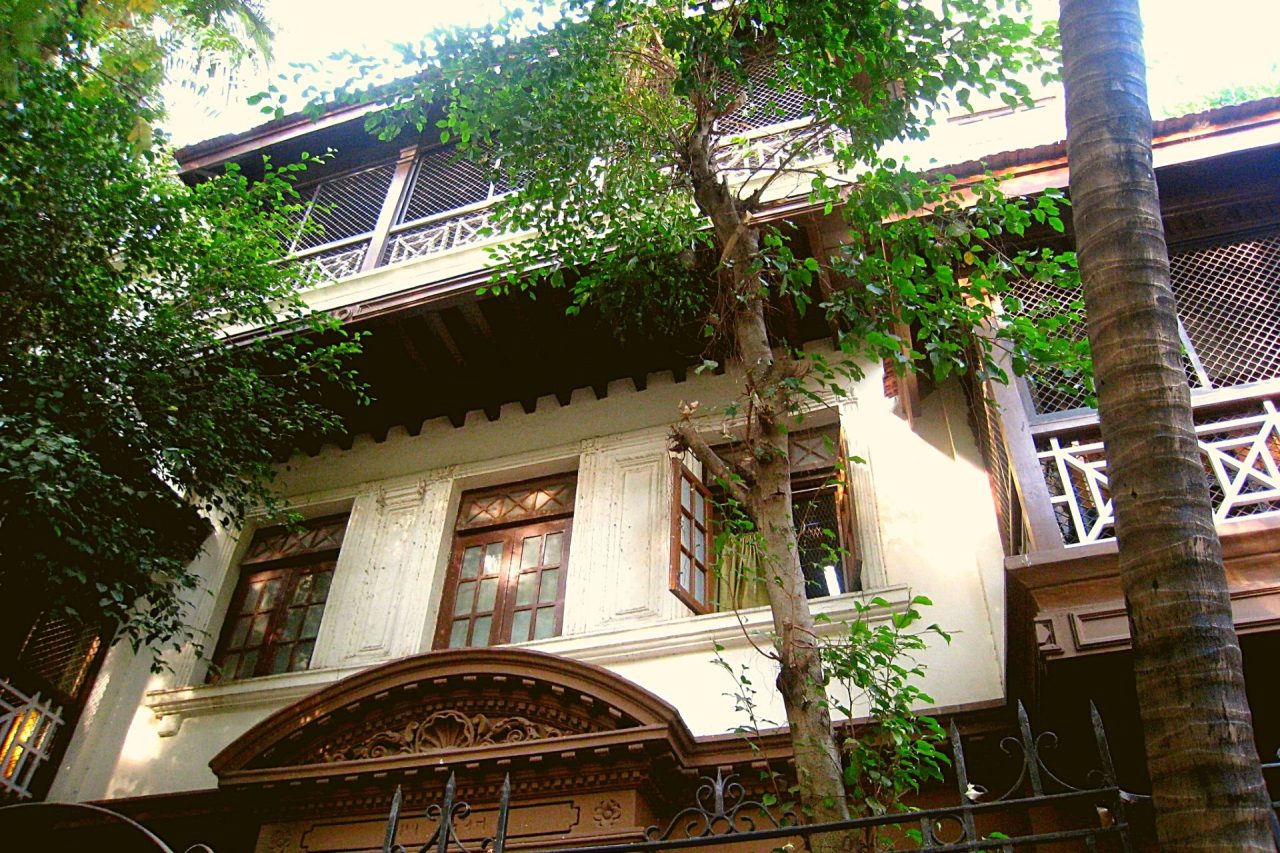
Located on Laburnum Road, Mani Bhavan Gandhi Sangrahalaya is a museum dedicated to Gandhi ji – the leader behind India’s most successful independence campaign. Between 1917 and 1934, Mahatma Gandhi made Mani Bhavan the centre of his political activities.
Various movements that shaped the freedom struggle of India were initiated in this mansion. Some of these historic movements are Khadi Movement, Non-Cooperation Movement, Khilafat Movement, Satyagraha Movement and Swadeshi Movement.
The museum has a bust of Gandhi and a library. A photo gallery captures various important moments in the life of Mohandas Karamchand Gandhi, while the room that he would occupy is open to public viewing through a glass partition. The humble room has bedding on the floor, a book, and a couple of spinning wheels (charkha) which he had used for the Khadi Movement.
Shree Siddhivinayak Ganapati Mandir
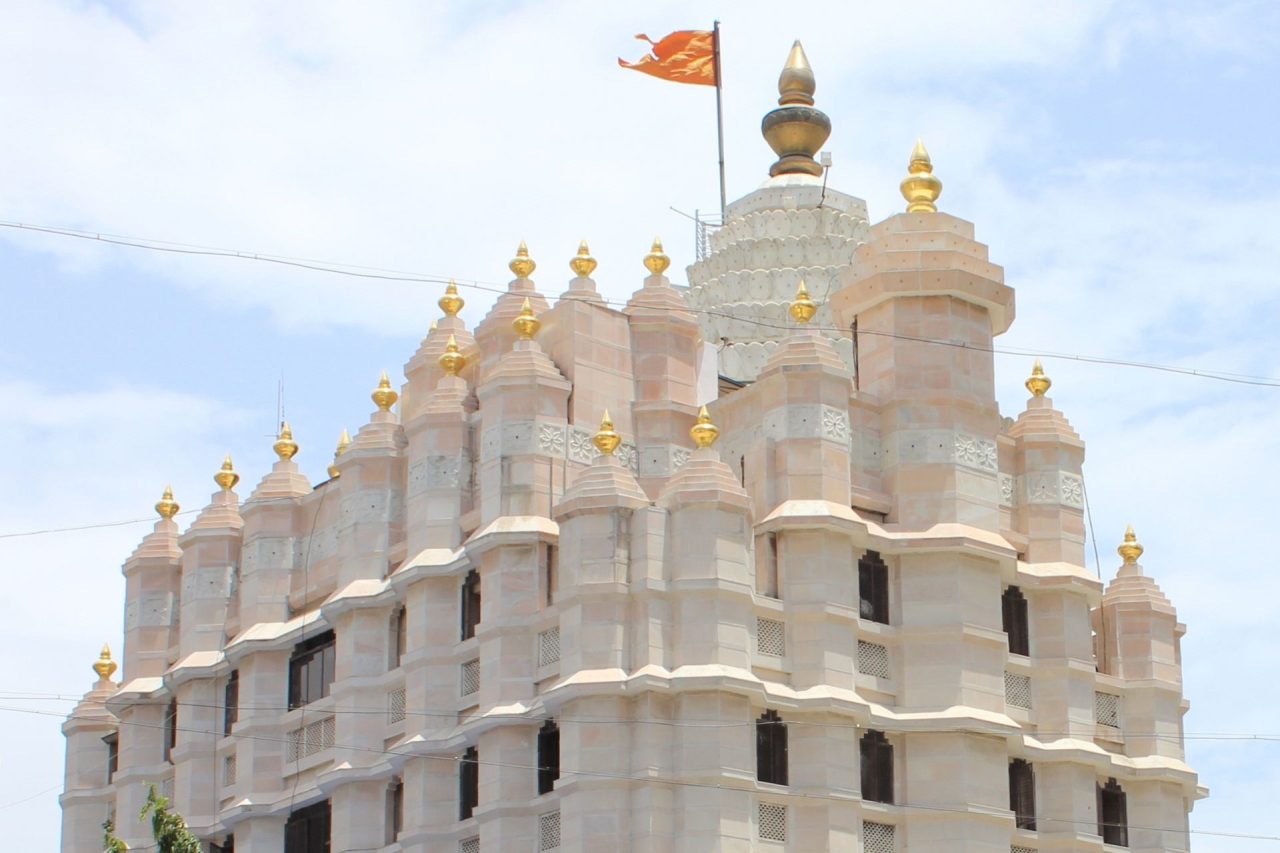
The famous Siddhivinayak Temple is dedicated to the Hindu deity of Ganesh. This crowd-puller has an idol of Ganesha, flanked by the idols of goddesses Siddhi And Riddhi. The throne is made of gold, so are some of the domes that decorate the temple structure.
The 6-storey building has an apex dome which is gold-plated. The body of the edifice is majorly marble and pink granite while the domes are made of 5 different metals.
Shree Siddhivinayak Ganapati Mandir is open on all days of the week, but is particularly crowded during the Hindu festival of Ganesh Chaturthi. Photography is prohibited inside the temple premise, even though cell phones are allowed in silent mode. There are several entry gates to regulate the movement of worshippers.
Mahalaxmi Racecourse
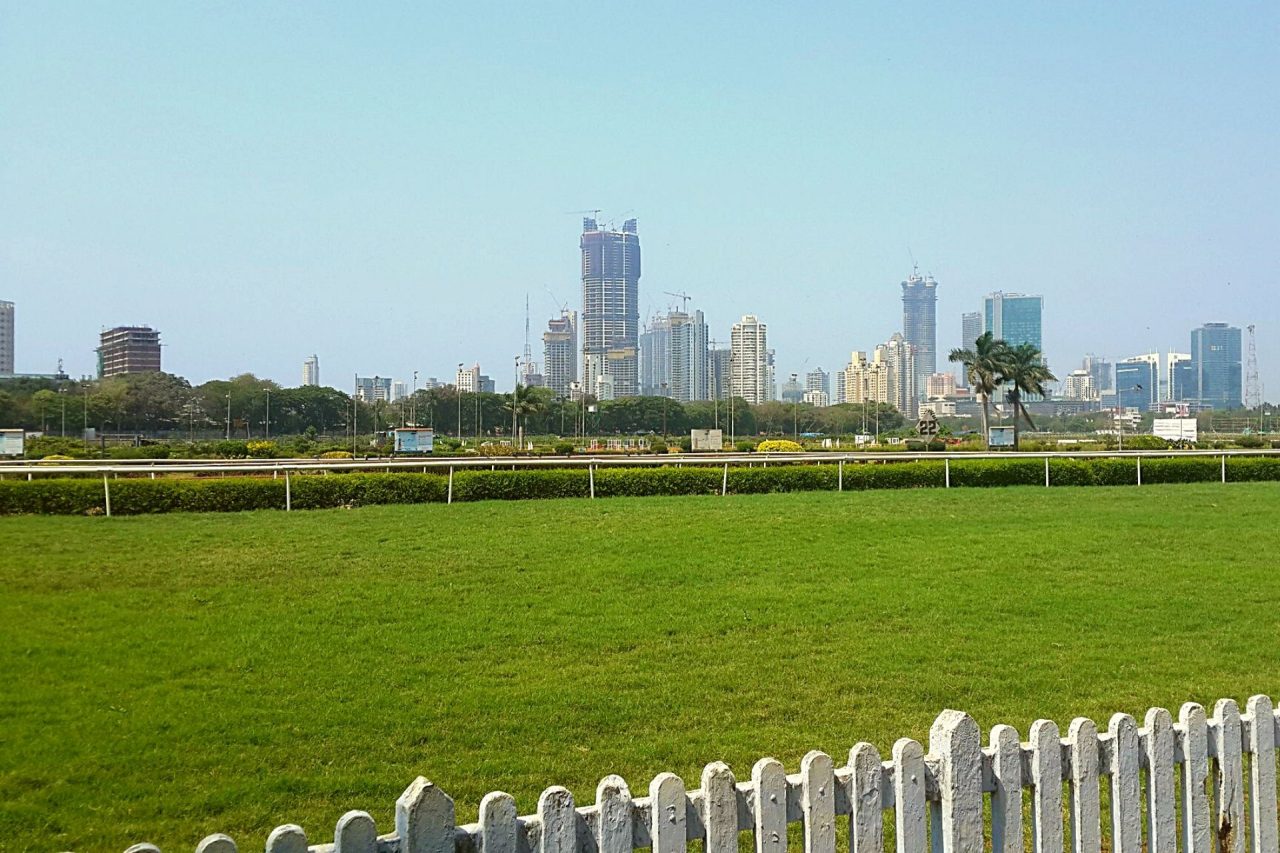
Mumbai is one of few cities that have facilities to indulge in equestrian sports. Mahalaxmi Racecourse is a horse racing track in the Mahalaxmi area. The oval track extends along 7,900 feet, covering an area of 225 acres.
Modelled after the Caulfield Racecourse of Melbourne, Mahalaxmi Racecourse was built in 1883. The racecourse also serves as a helipad. In fact, it is the only helipad in South Bombay that is available to civilians.
There is a Grandstand where spectators are seated on race days. Dress code is strictly followed by the Royal Western India Turf Club which runs the racecourse. Horse racing can generally be watched in the month of November, and the tickets must be booked in advance since they sell out fast.
Rajabai Clock Tower
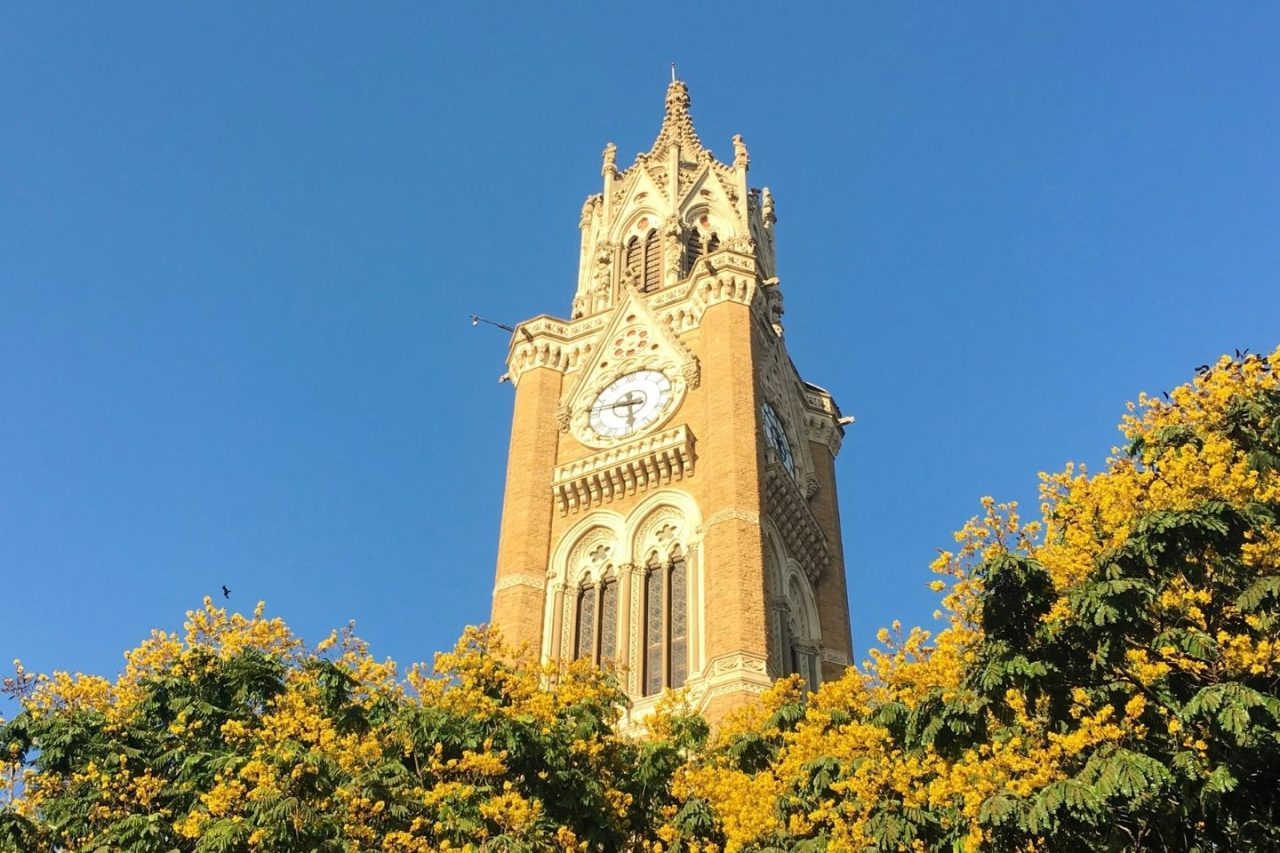
Sitting in University of Mumbai’s Fort campus, the tall clock tower is the Rajabai Tower. A UNESCO World Heritage Site, Rajabai Clock Tower was built in 1878. It is not hard to see that it was modelled on London’s Big Ben.
While the tower is closed to the public, one can still view this Victorian and Art Deco monument from most spots in South Mumbai. Flaunting Venetian and Gothic architectural styles, the tower scales 25 storeys and is 85 metres in height.
The tower is named Rajabai after the blind mother of a wealthy broker named Premchand Roychand who also founded the BSE (Bombay Stock Exchange). Fondly called the ‘Bullion King from Bombay’, he footed a part of the total construction cost of the Rajabai Clock Tower.
Global Vipassana Pagoda
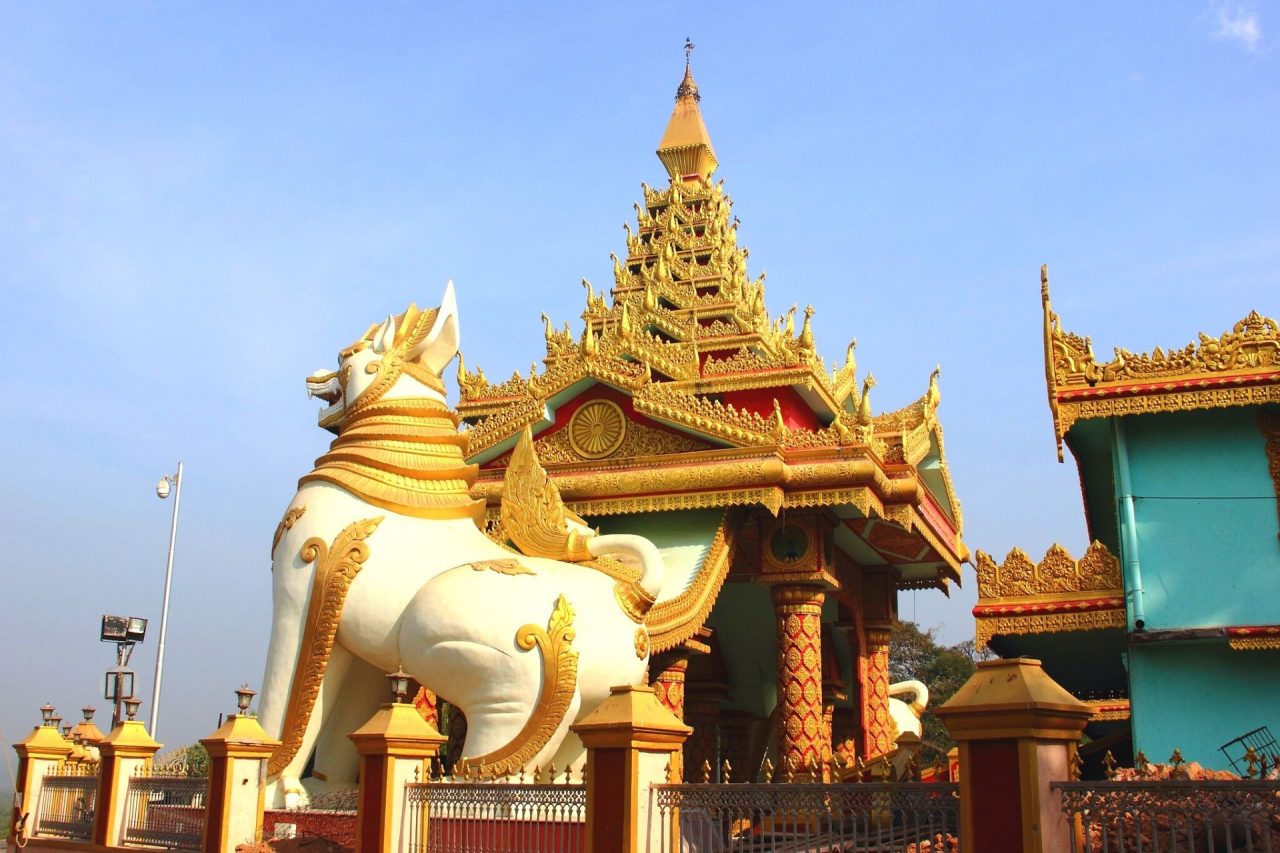
One scarcely comes across Myanmarese influence in Mumbai, but this architectural marvel in North-Western Mumbai showcases the distinct Burmese style. Global Vipassana Pagoda is a meditation hall, and the largest of its kind in the world!
With a seating capacity of 8,000, this dome sits on a peninsula between the Arabian Sea and the Gorai Creek. The pagoda was built in 2008 and is made of interlocking stones that support one another. This stone dome has no pillars while still standing tall at 29 metres.
Aside from the non-sectarian meditation hall, the Global Vipassana Pagoda complex consists of a museum that showcases the life of Buddha, a library, study rooms, a guest house for resident meditators, a circumambulation path around the dome, and relics pertaining to Buddha.
Chhota Kashmir
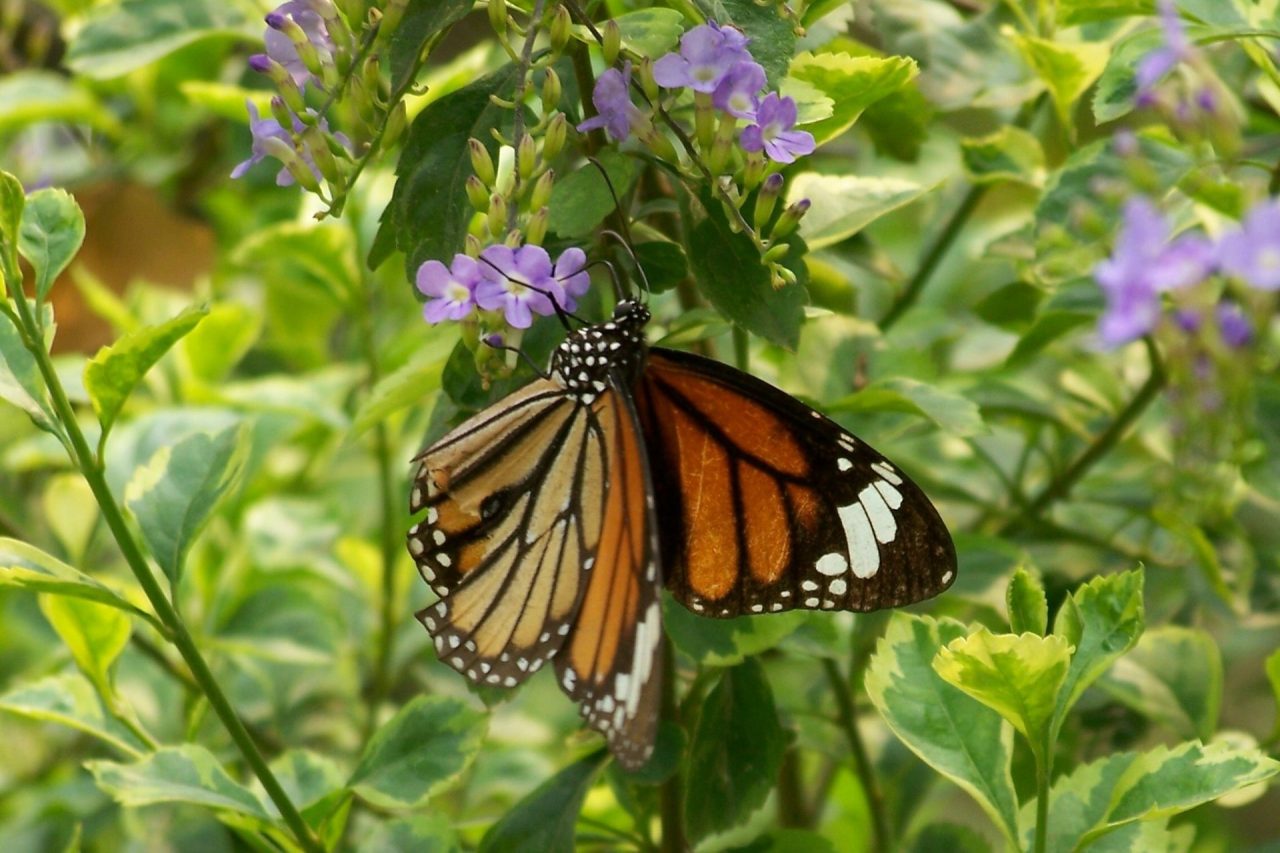
‘Chhota Kashmir’ literally translates to ‘Little Kashmir’ in Hindi. This is a small part of the vast Aarey Forest in the heart of suburban Mumbai. The region is so named because of the presence of a tranquil lake where one can enjoy leisure boating.
The Chhota Kashmir Boat Club facilitates the hire of boats for as little as INR 60 for half an hour. Ensconced in a green cocoon, Chhota Kashmir also has parking facilities for tourists.
Open from 10 AM to 7 PM, the premises also have other fun activities for children such as dashing cars, priced at INR 50 for 3 minutes. One of the best places to visit in Mumbai with family, the park is a nice place to relax. The ducks that totter about only make the ambience more charming.
National Gallery of Modern Art
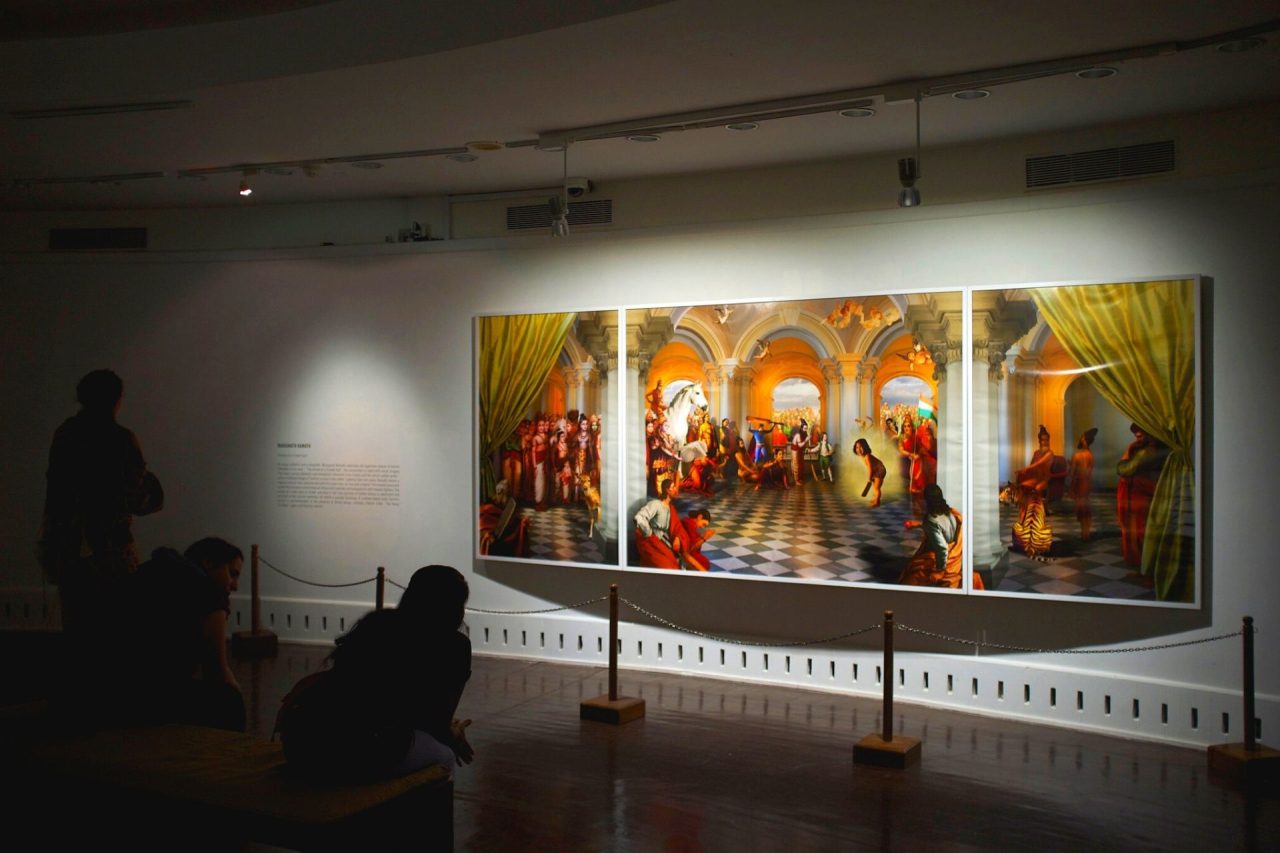
Abbreviated to NGMA, the National Gallery of Modern Art is an art exhibition venue and an art museum of sorts. Located in South Mumbai’s Cowasji Jehangir Hall, NGMA is endorsed by the Ministry of Culture for its work to educate and cultivate minds that are sensitive to different forms of art.
With a focus on modern art, the gallery holds exhibitions of contemporary artworks by renowned artists from around the country. There are also workshops and other activities periodically held to engage art enthusiasts and curious creative minds.
The museum also exhibits ancient sculptures and artworks from different civilizations, e.g., Egyptian mummies.
Versova Beach
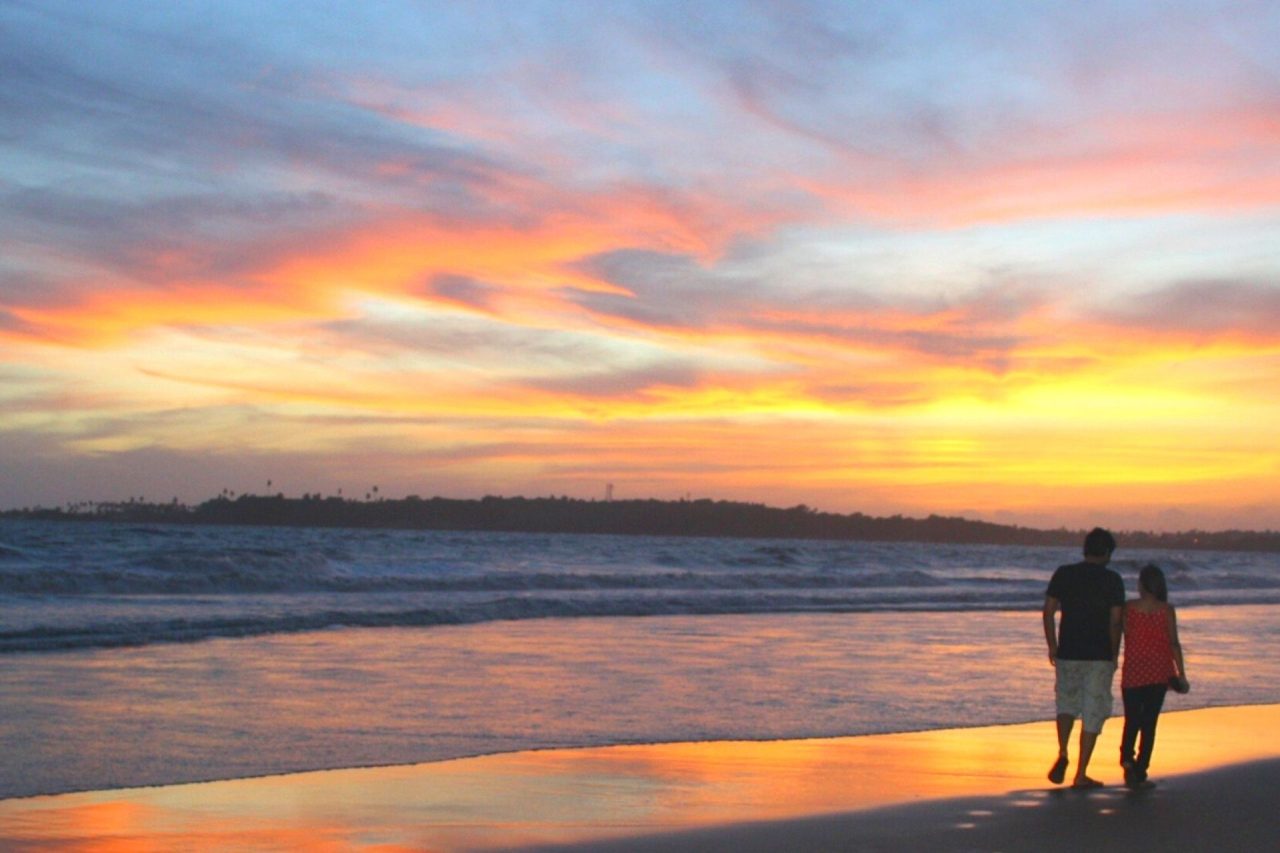
Part of North-Western Mumbai, the suburb of Versova is a posh one, blessed with a gorgeous beach. Versova Beach has light and dark coloured sand interspersed with rocky portions. It is a great place to catch the sunrise in Mumbai or just photograph the vivid coloured fishing boats that are docked near the shore.
One can see the Versova Fort at a distance, across the Arabian Sea, where Madh Island exists. Versova is home to many Koli fisherfolk who earn their livelihood through fishing. One can also shop for fresh catch after strolling about the beach. The name ‘Versova’ is a distortion of the original name ‘Visava’ which means ‘rest’ in Marathi.
Other Prominent Places to Visit in Mumbai
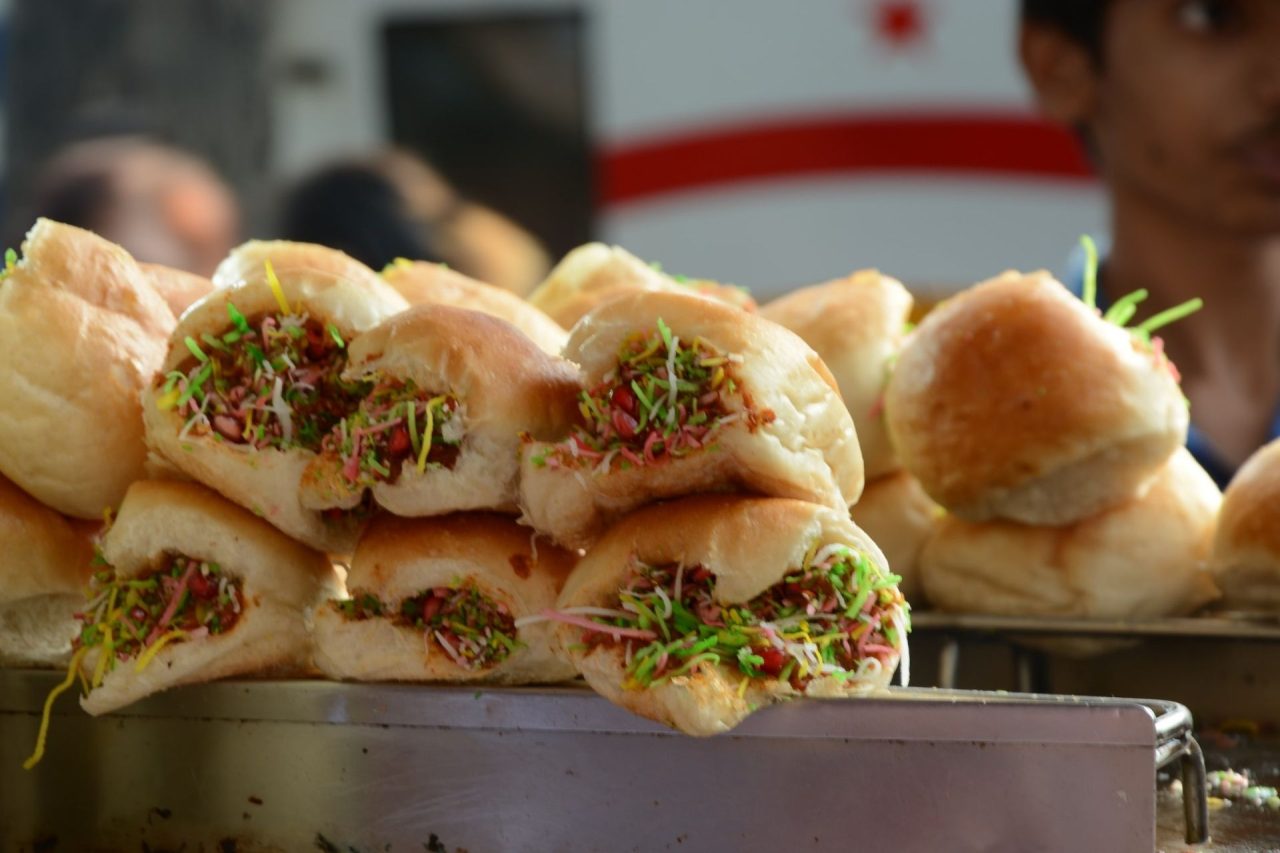
Mumbai is a huge city, and the list of places to see is certainly not exhaustive. There are many other haunts that will fill up your time and help you make wonderful memories while you vacation in the ‘City of Dreams’.
For a family day out, head to Essel World. This amusement park is one of the most popular with both kids and adults. The adjoining Water Kingdom is a water park with multiple rides and pools with water slides and other facilities.
Interested in water flora and fauna? Taraporewala Aquarium welcomes you to India’s oldest aquarium for marine and freshwater fish, snakes, crabs and other sea creatures. One can not only watch different fishes but also touch starfish at the touch pool.
Banganga Tank is a nice hangout with a water tank where one can feed the ducks. Across the city, in Thane, Upvan Lake is another water body worth a visit, as is Vihar Lake in North Mumbai.
Parks and water bodies aside, Mumbai is home to plenty of Hindu temples. Whether it is Walkeshwar Temple or Mahalaxmi Temple or Mumba Devi Temple, one is bound to find a lot of people queuing up to worship various idols.
Those interested in money and economics will appreciate the RBI Monetary Museum which houses coins that date back to the Indus Valley Civilization. Learn about the stock markets and the evolution of currencies in India, right from the barter time to the era of paperless electronic technology.
Takeaway
Mumbai remains an enigma to almost everyone who has never visited this capital city. In fact, even Mumbaikars keep discovering new spots every new day. Mumbai is not just a city with a bunch of attraction sites thrown in. It is an emotion, a place where dreams take shape and liberty finds new meaning.
From travelling in local trains to taking the metro from one end of this elongated city to another, commuters seem to never tire of their endless days. Sightseeing places aside, high-end restaurants and upscale clubs have put Mumbai on the global radar of the coolest places to visit.
The fashion scene is also ever-evolving, with Lakme Fashion Week placing the city on par with the most fashionable cities of the world. Mumbai breathes a life of its own into those who arrive here. It cannot be defined in words, only experienced.

